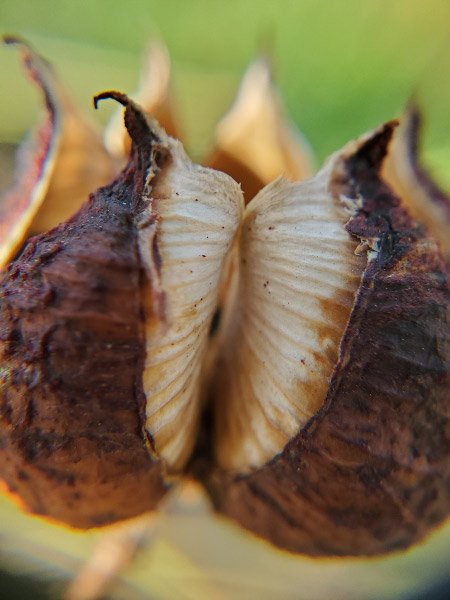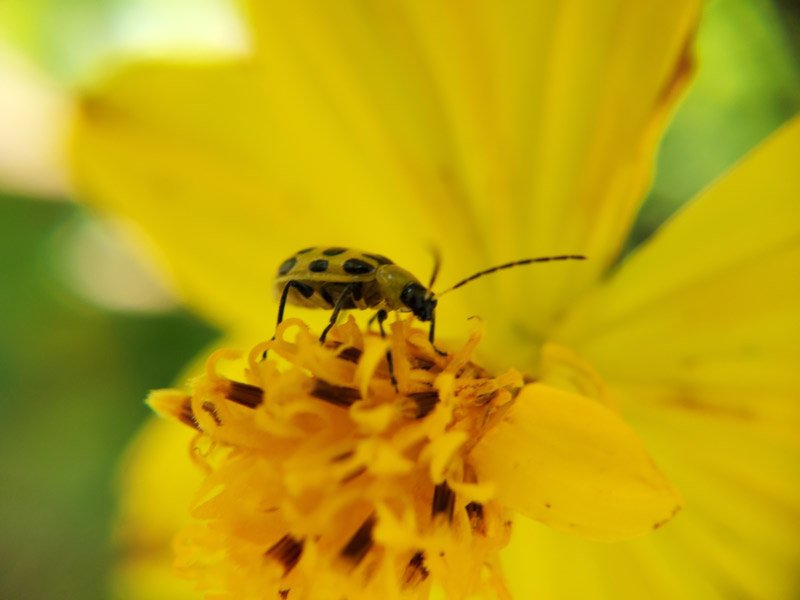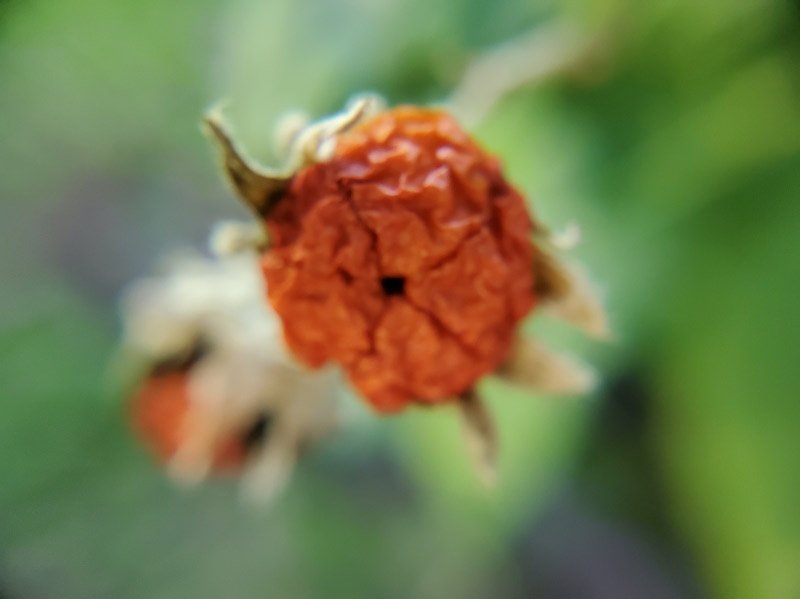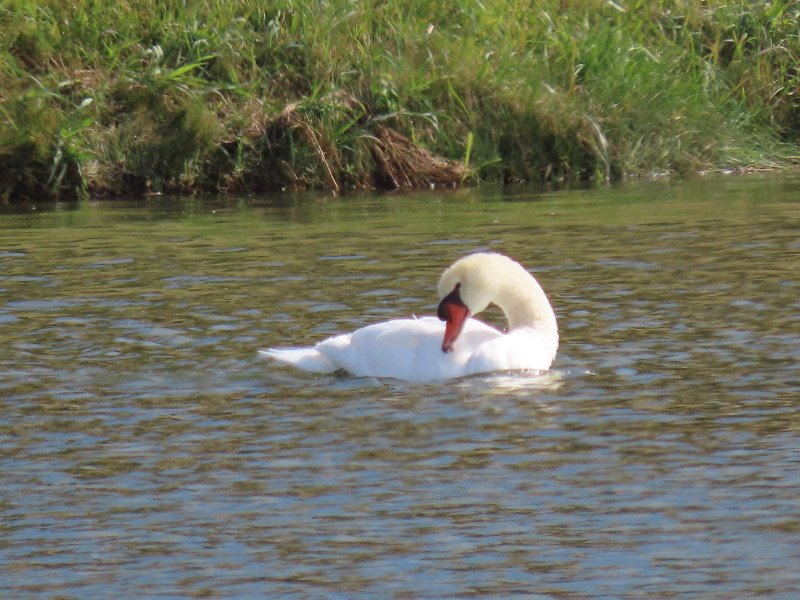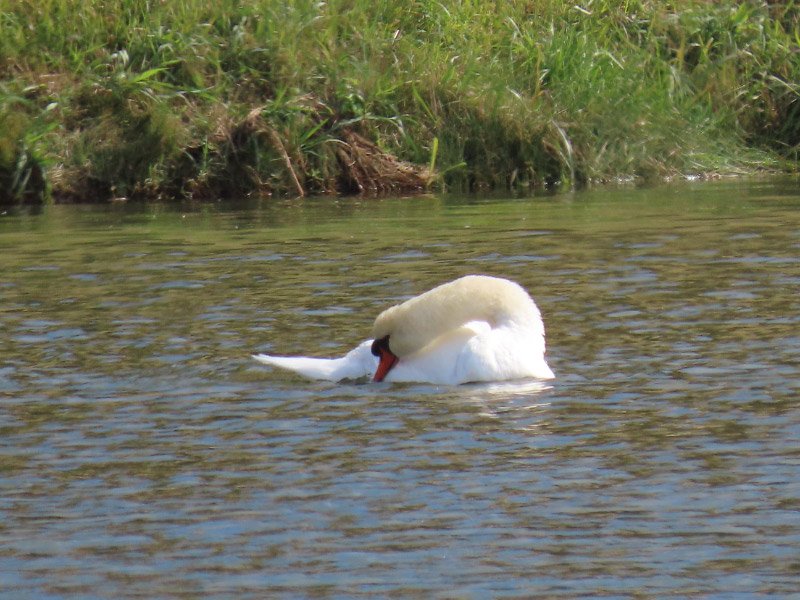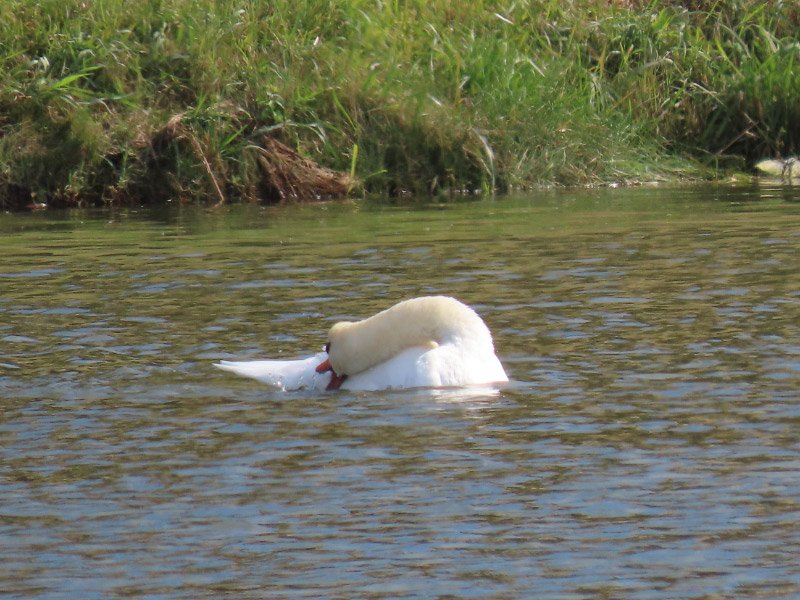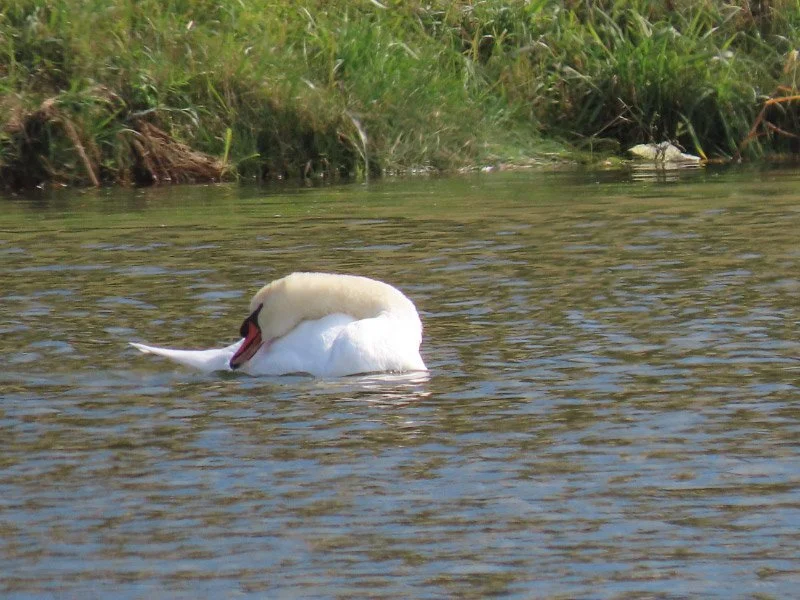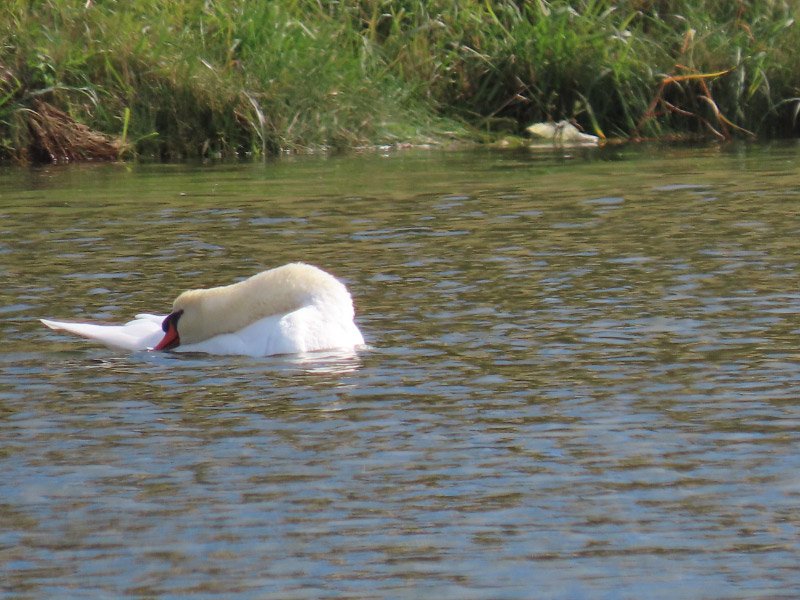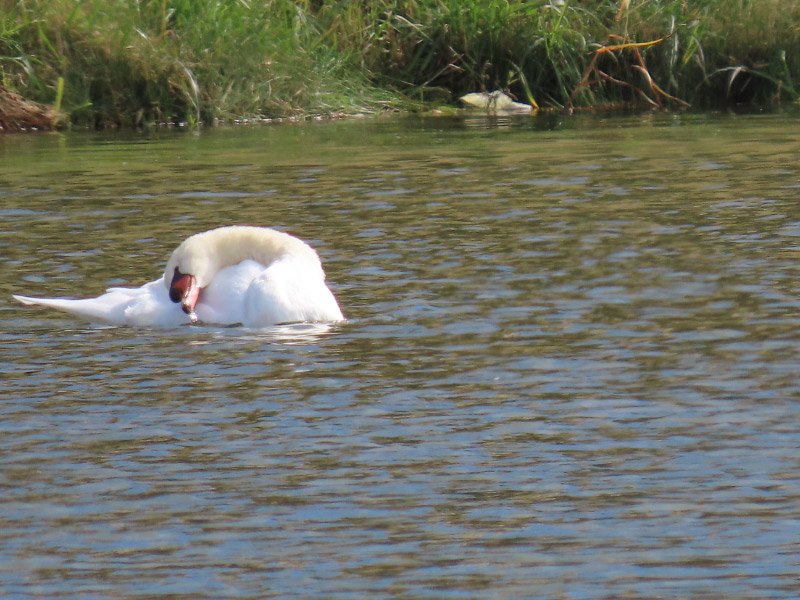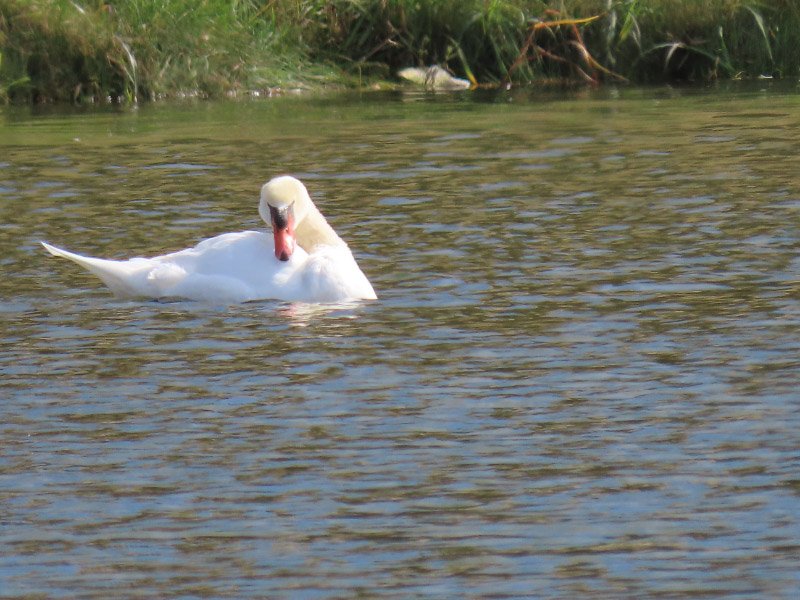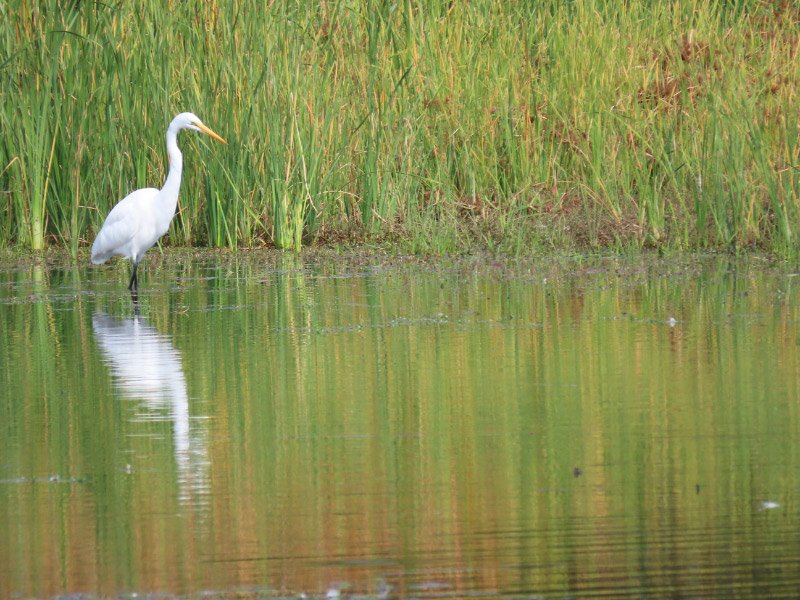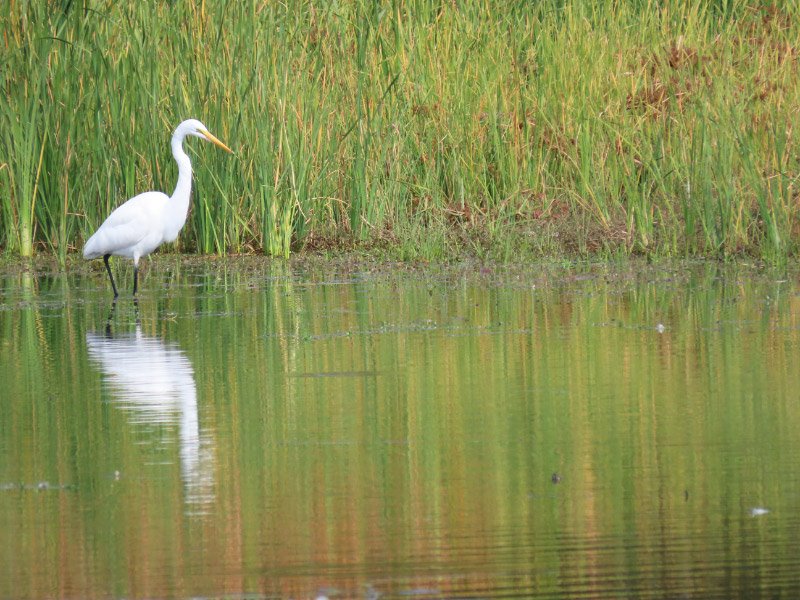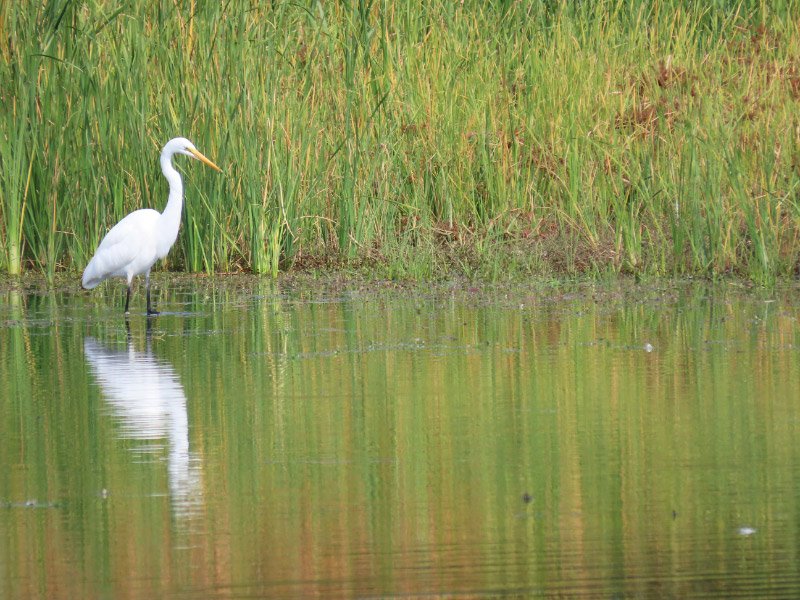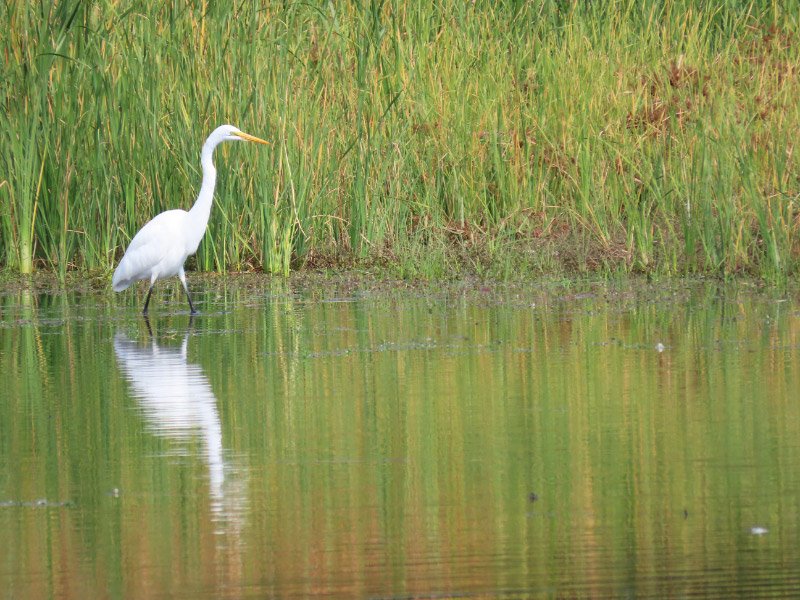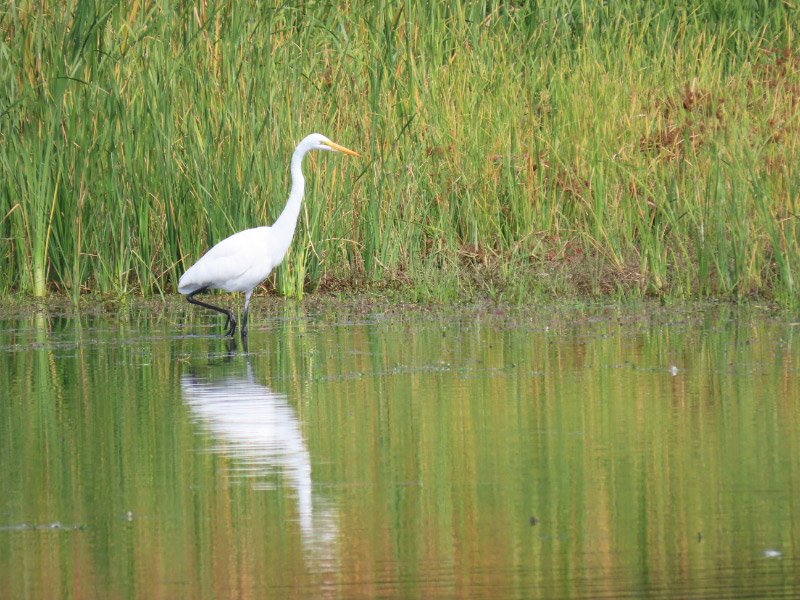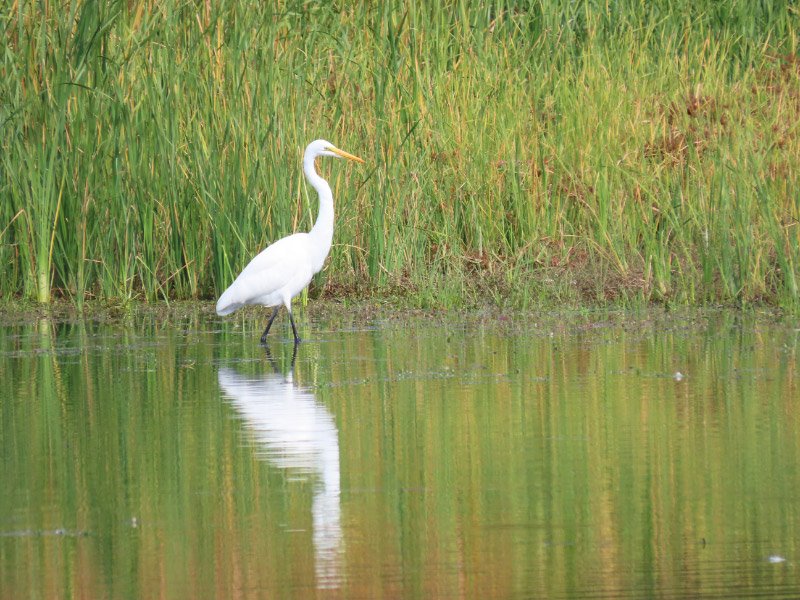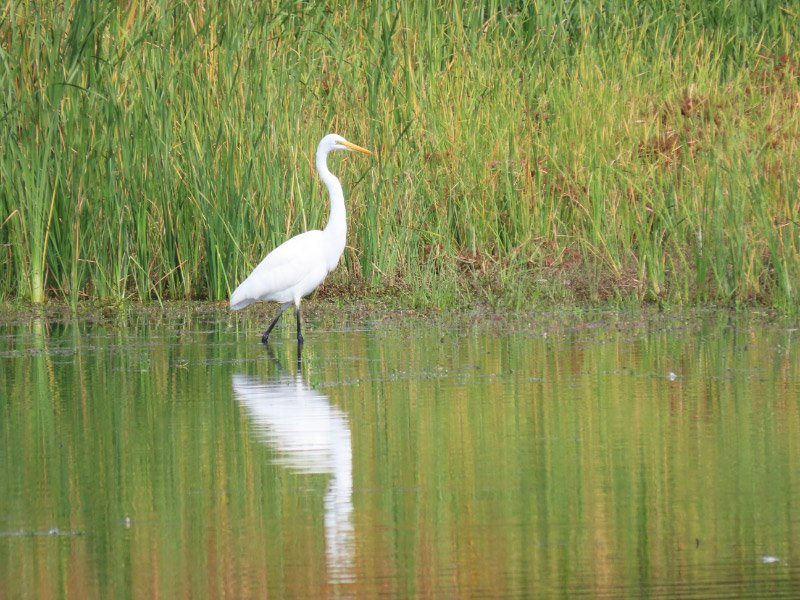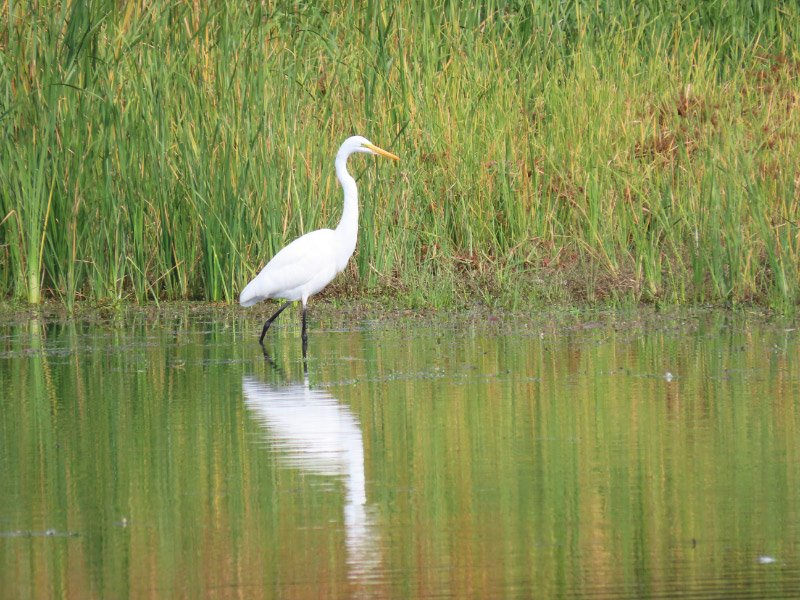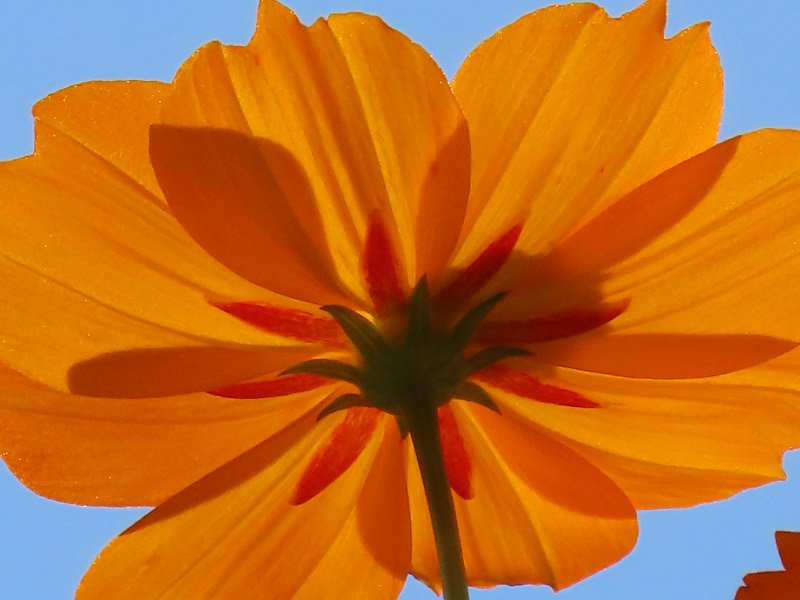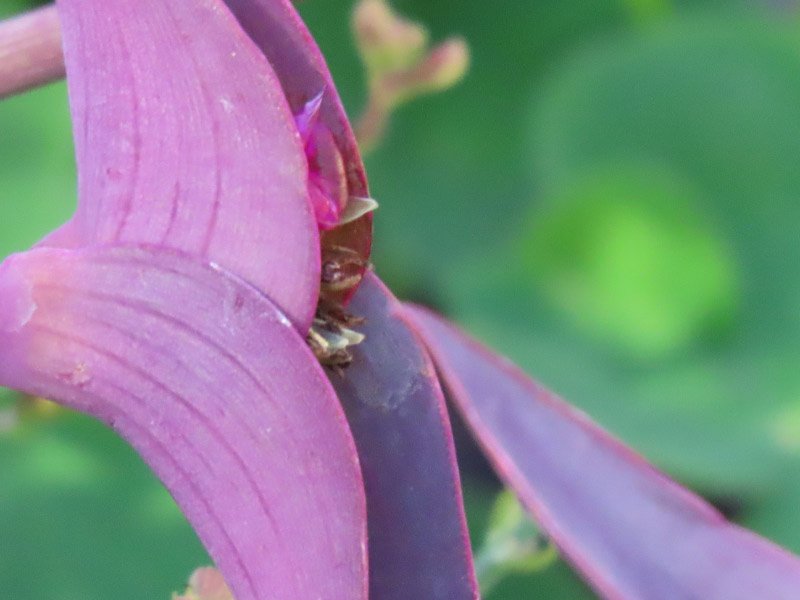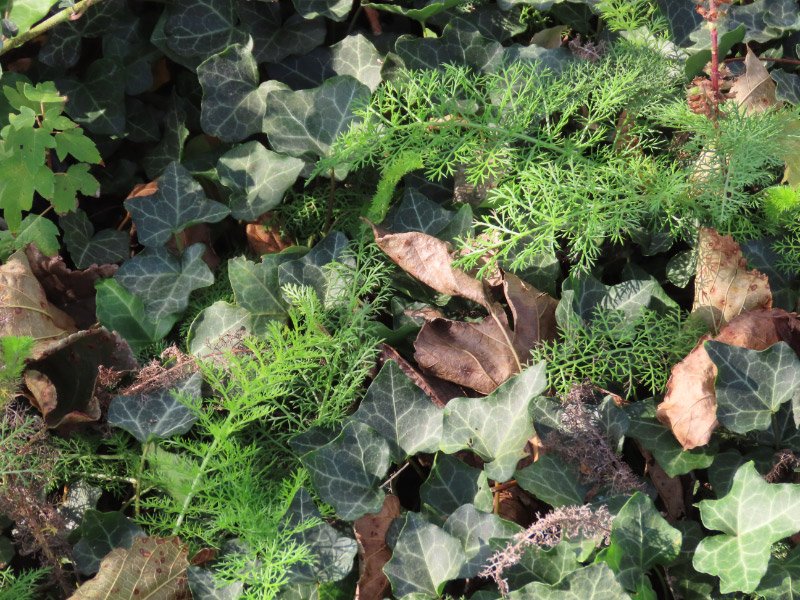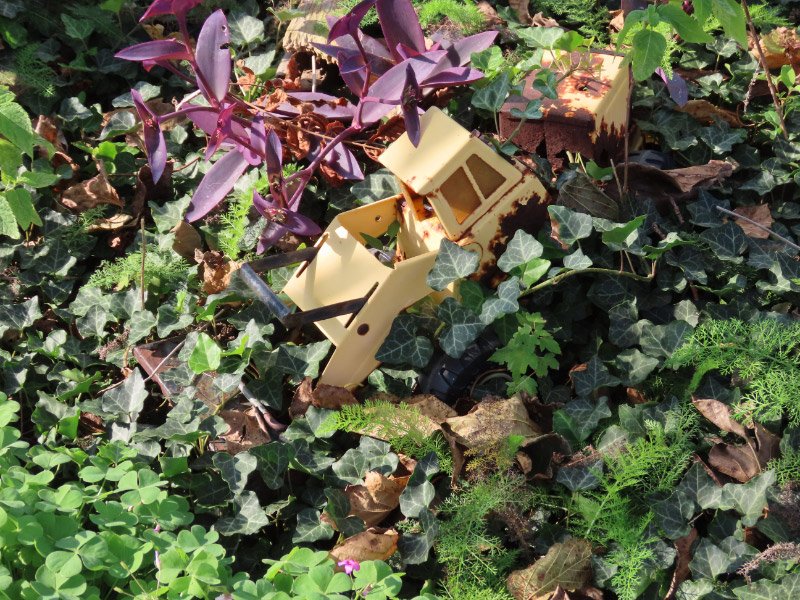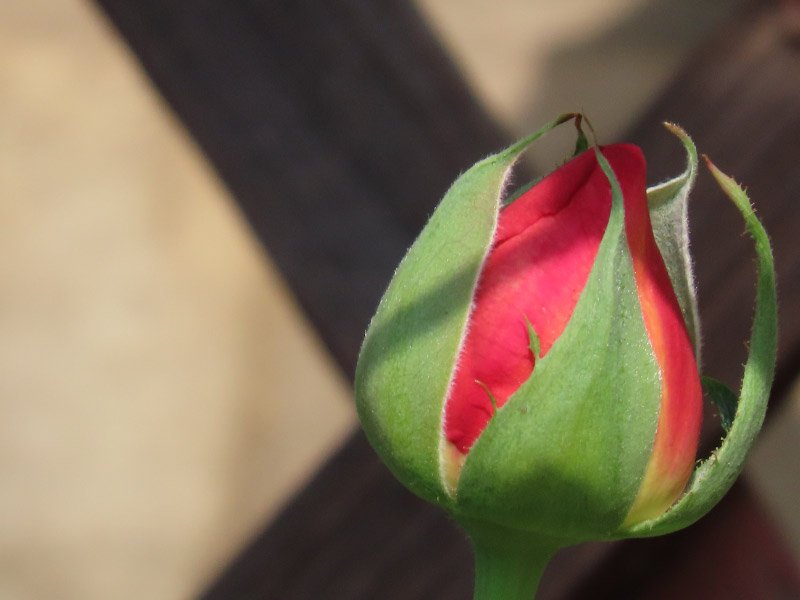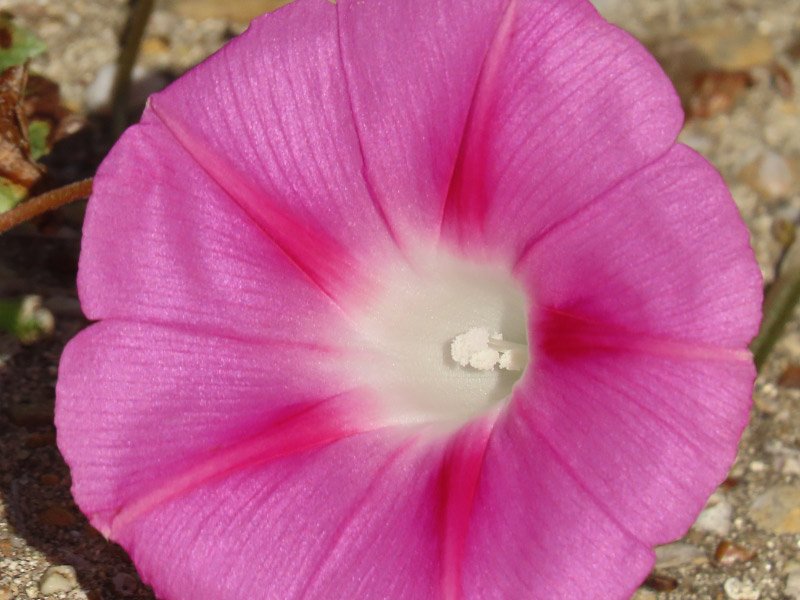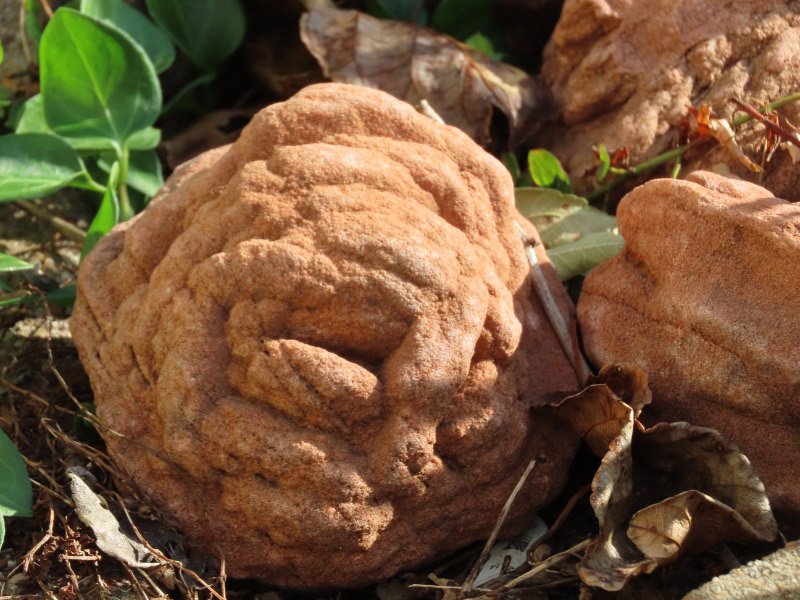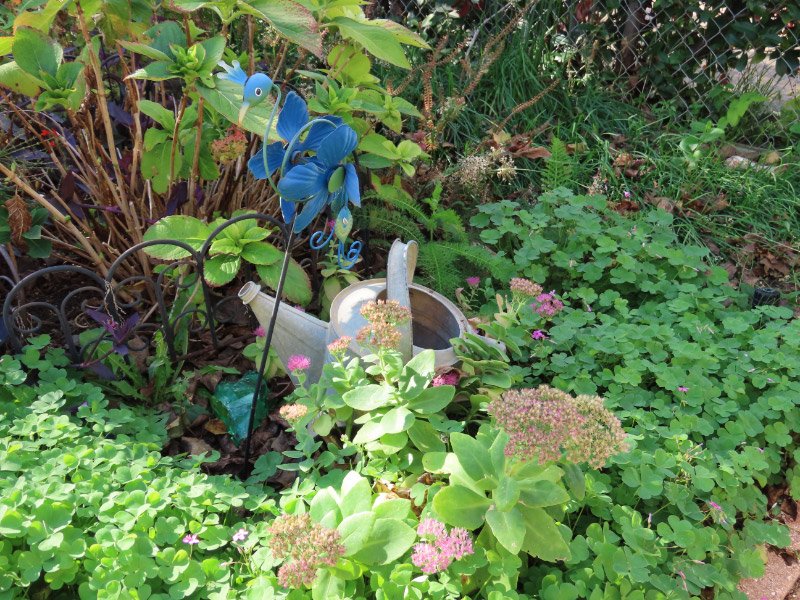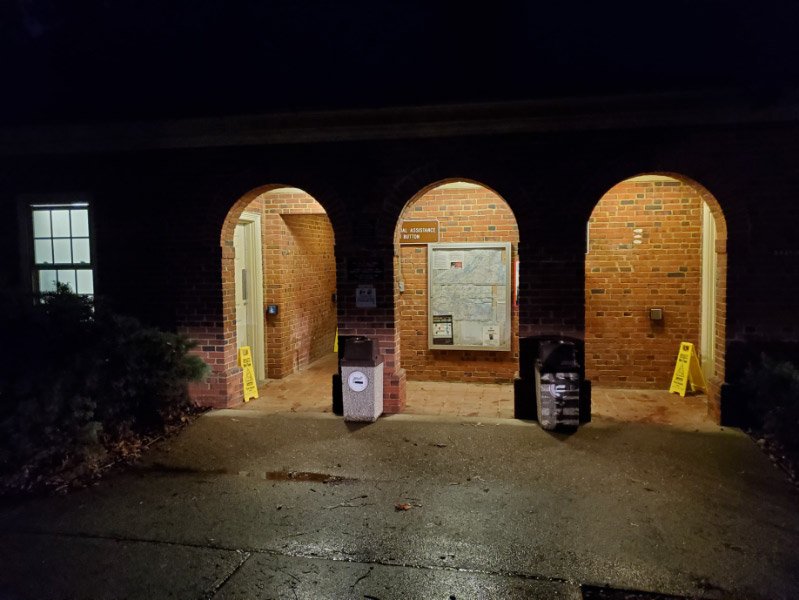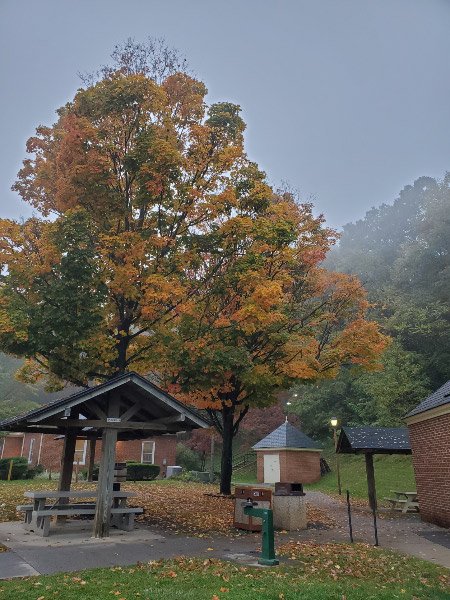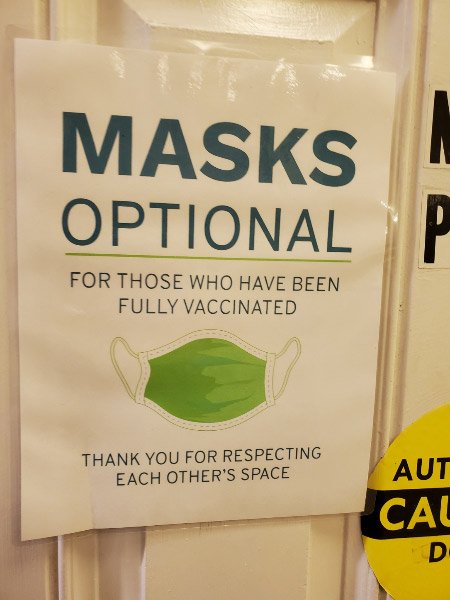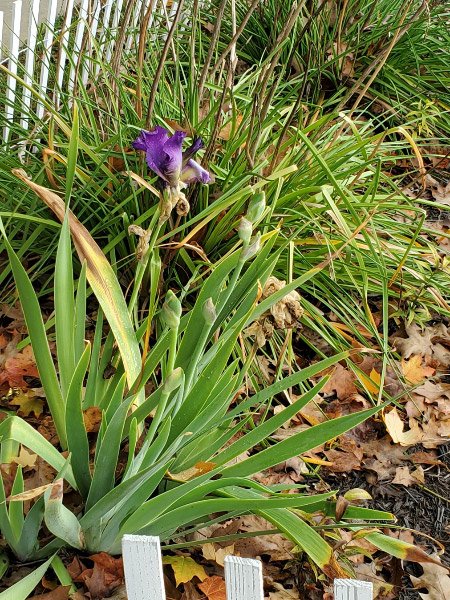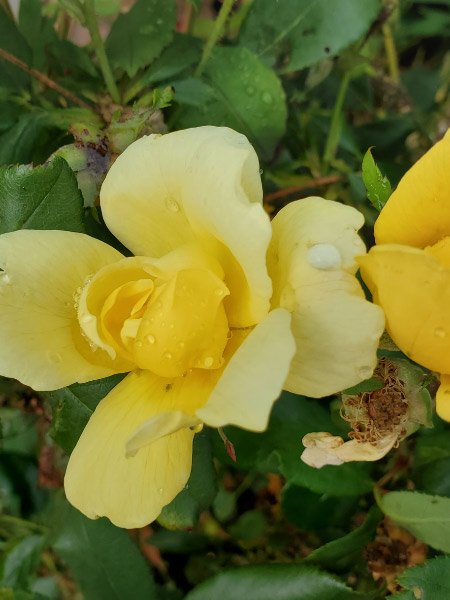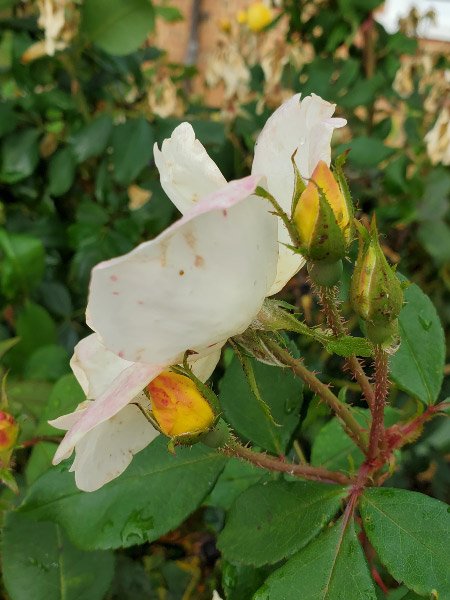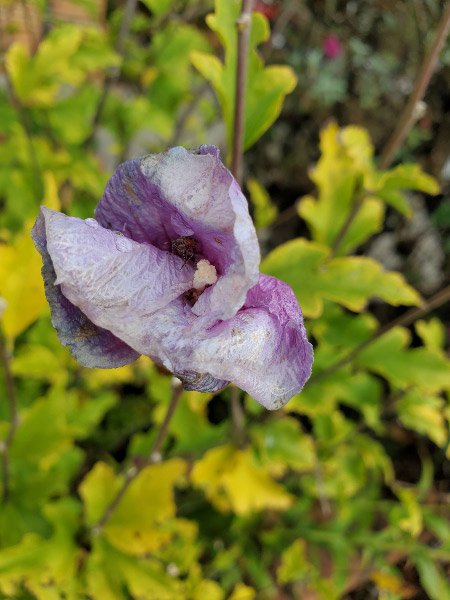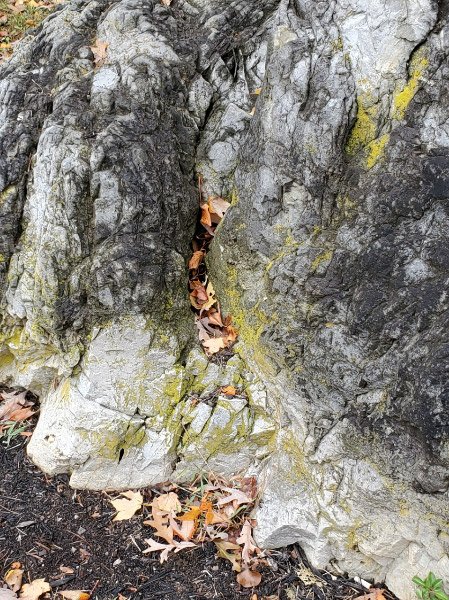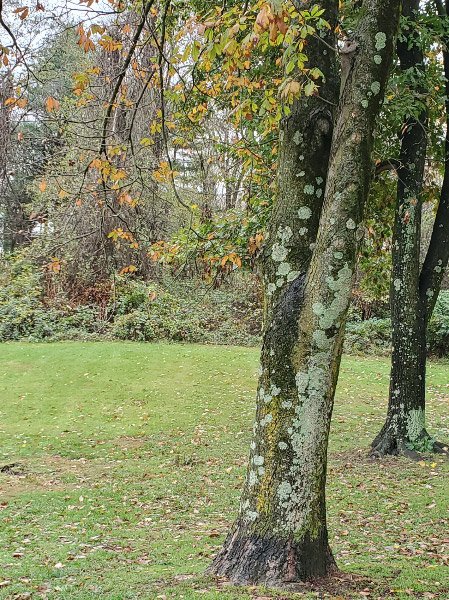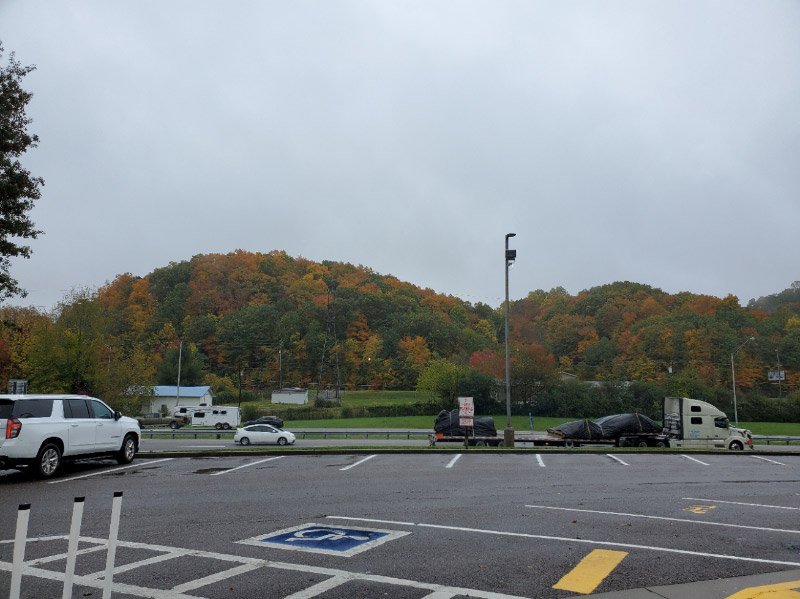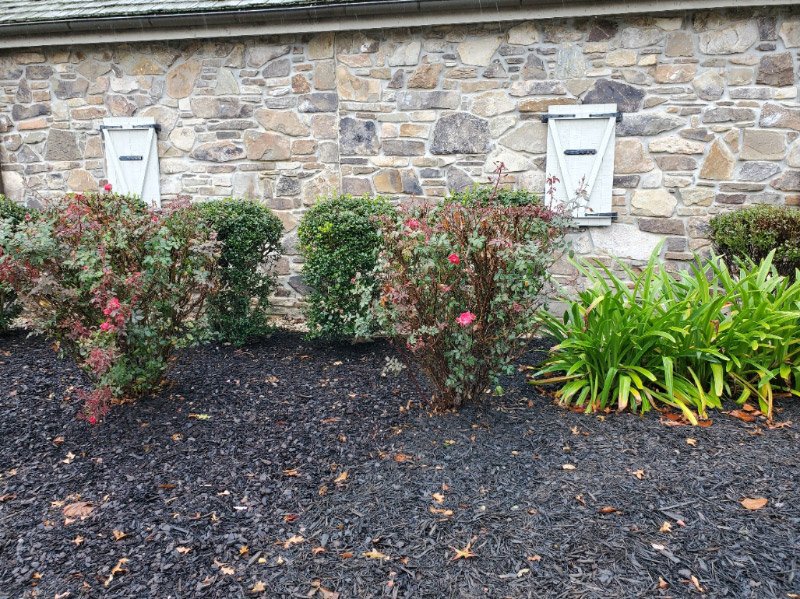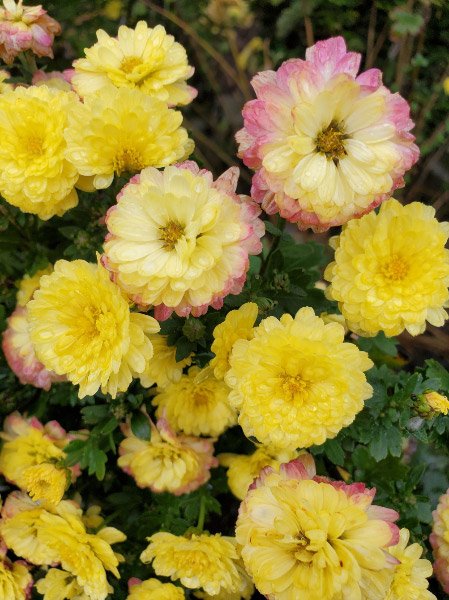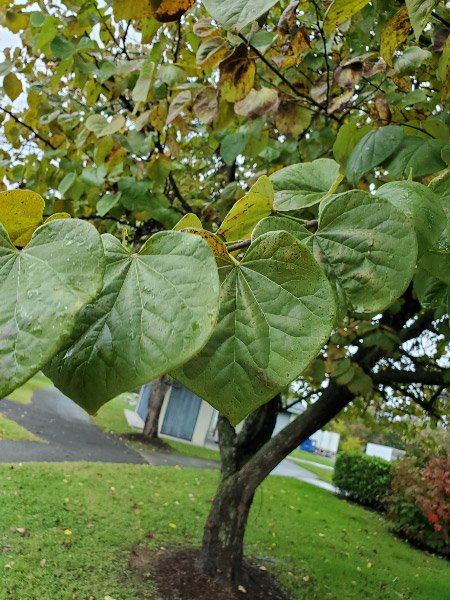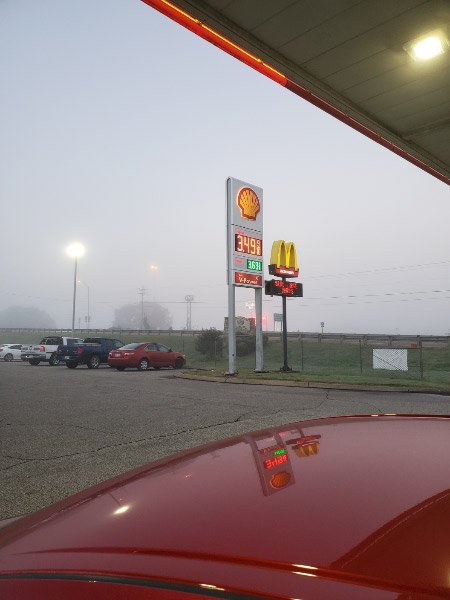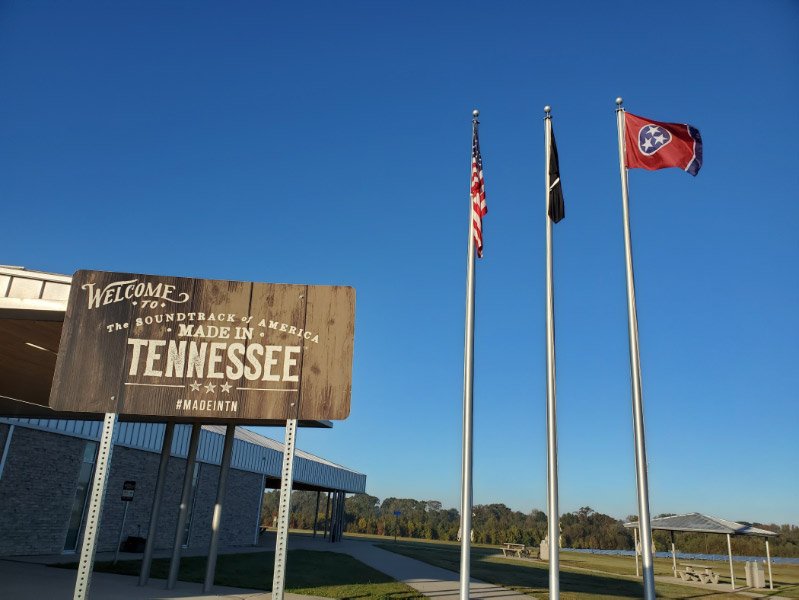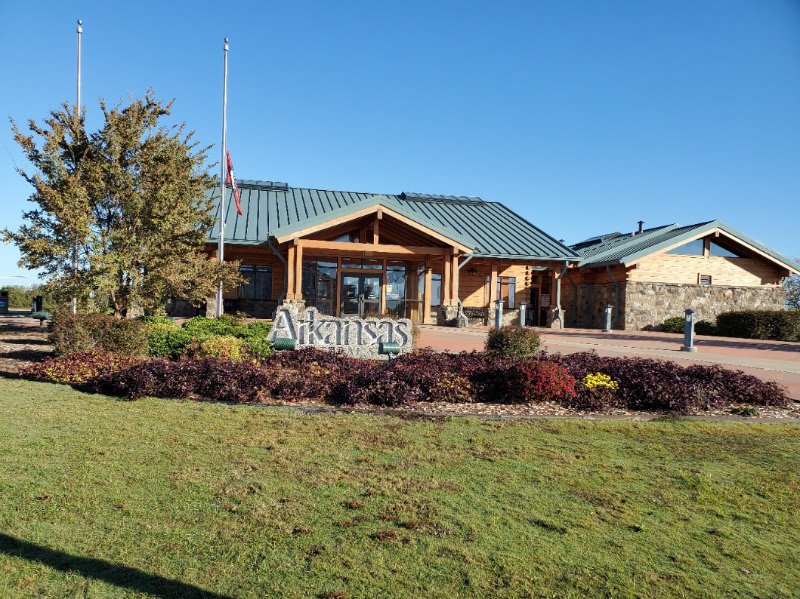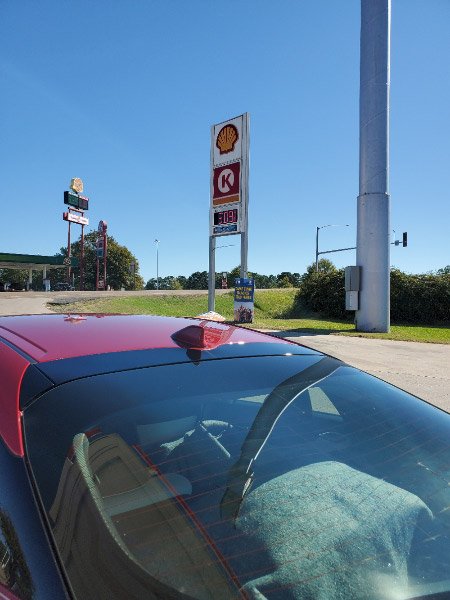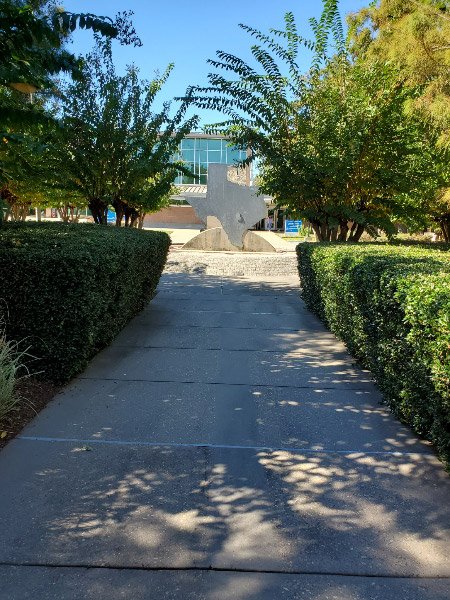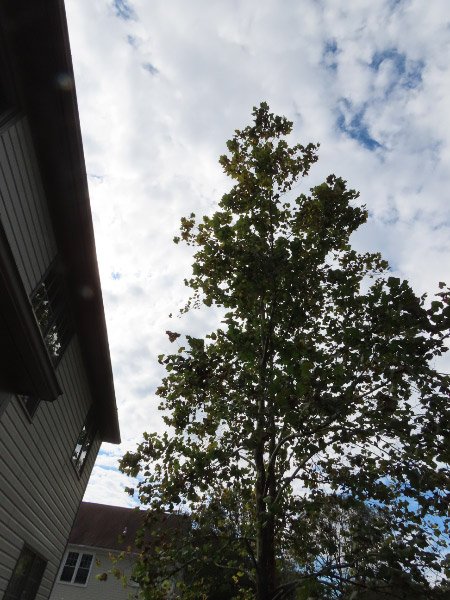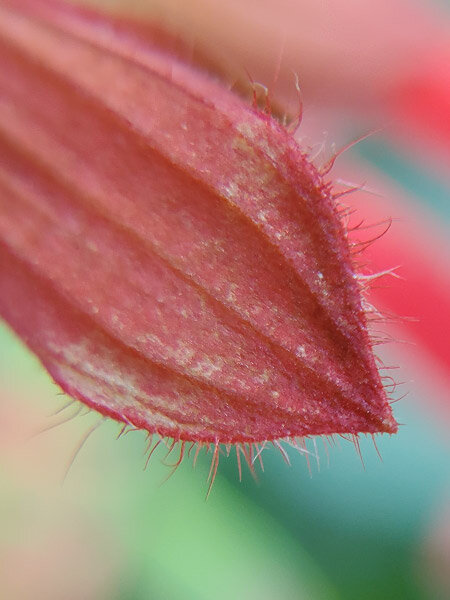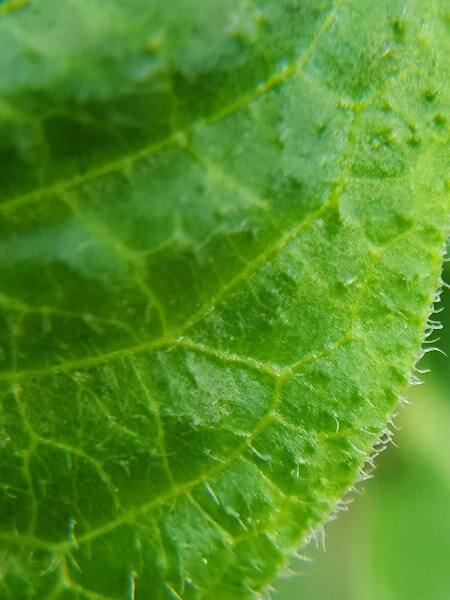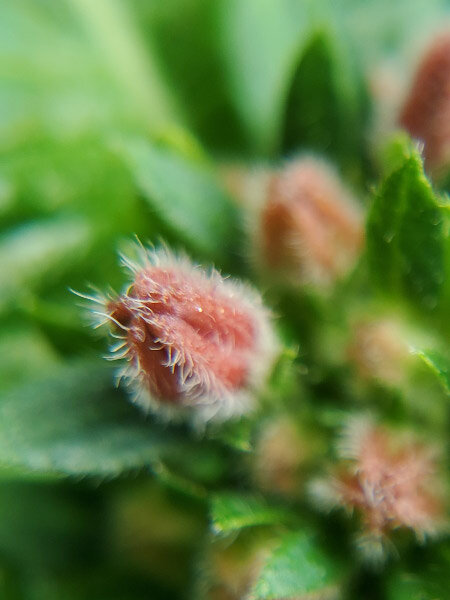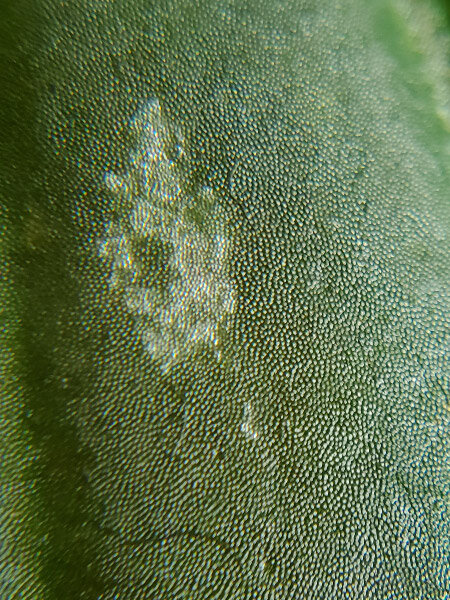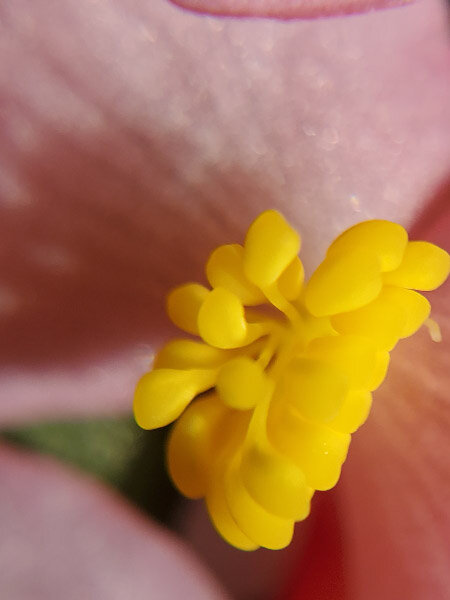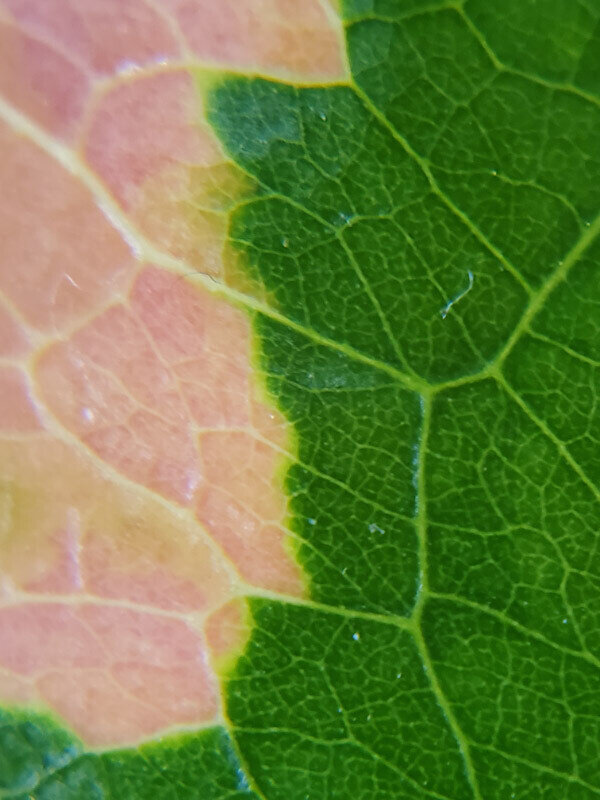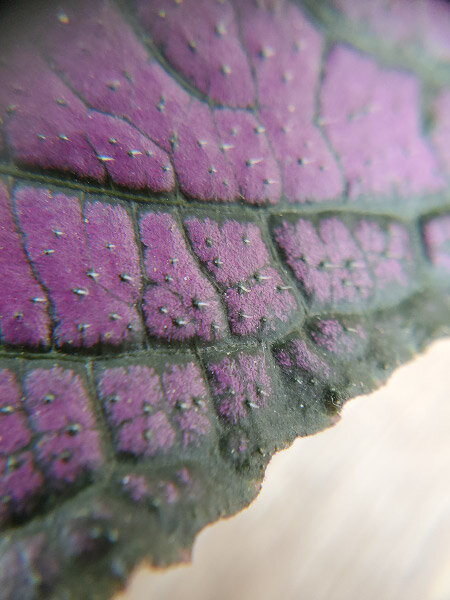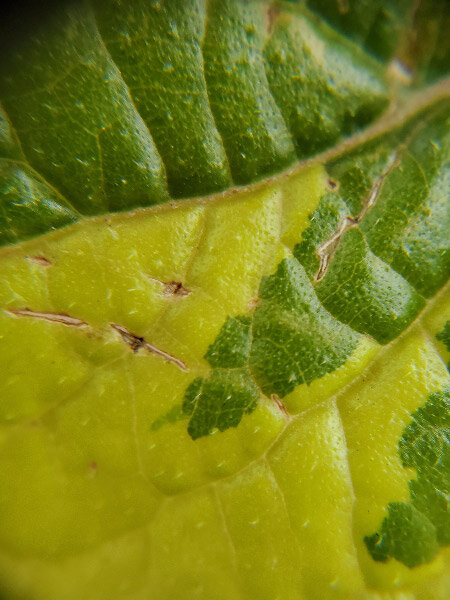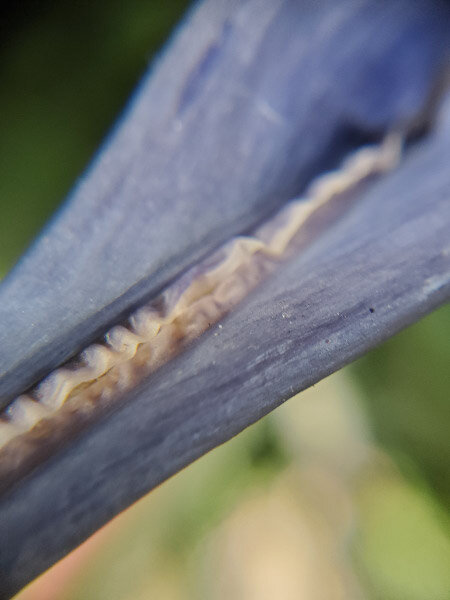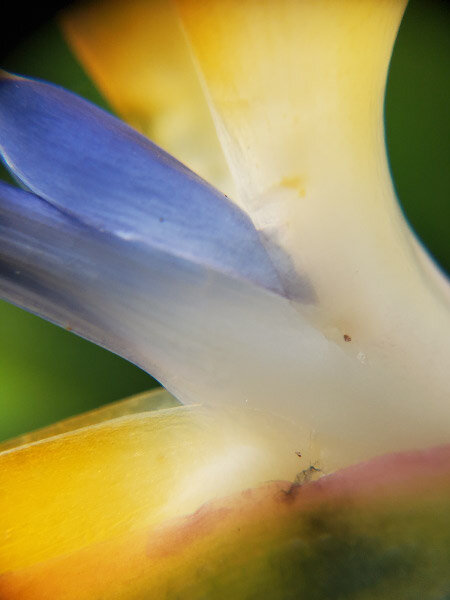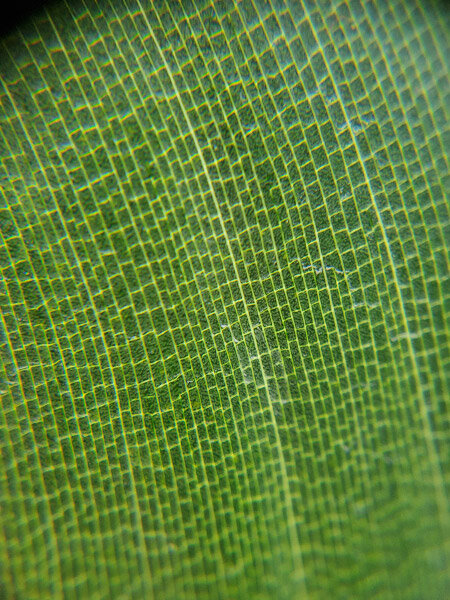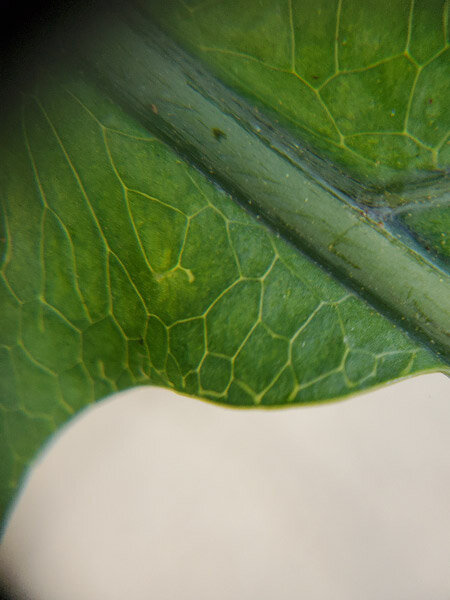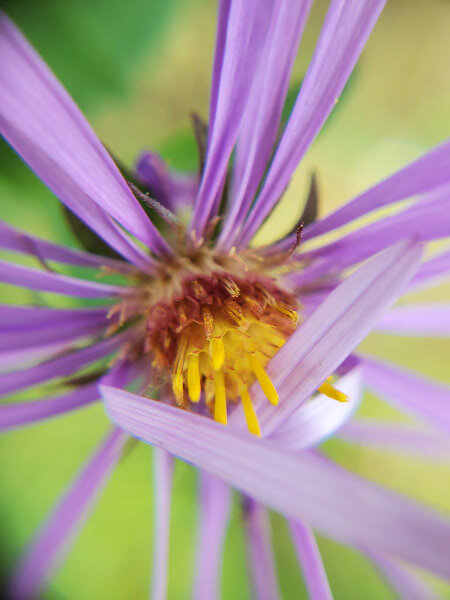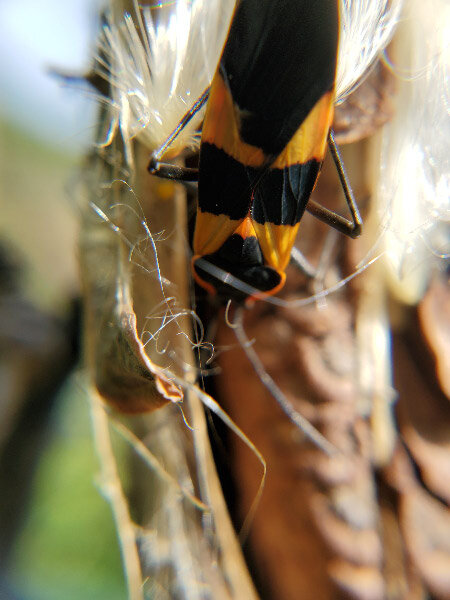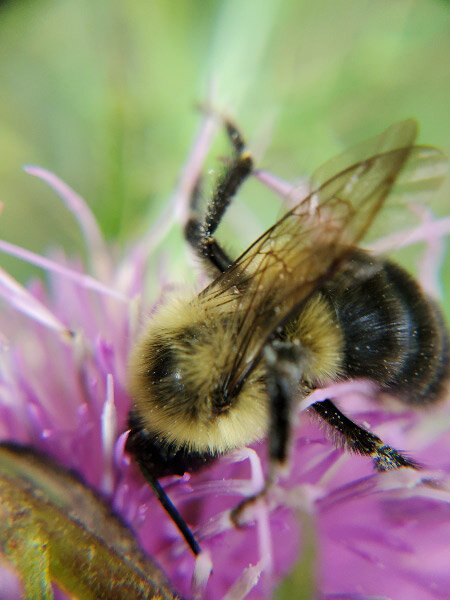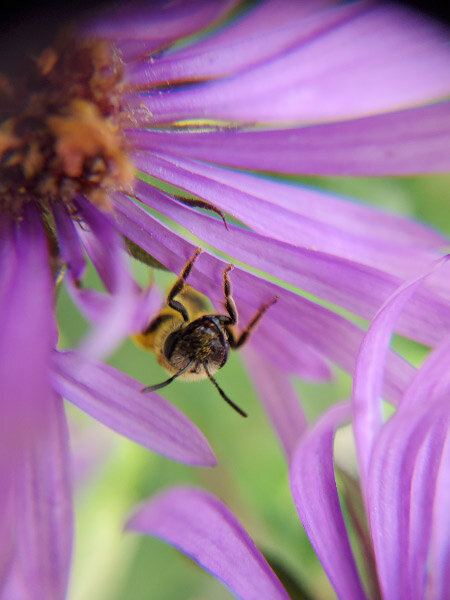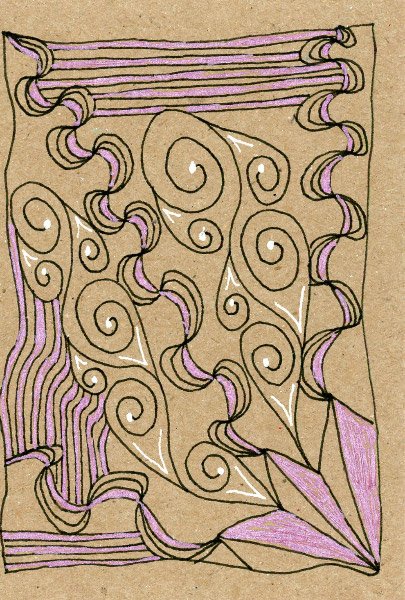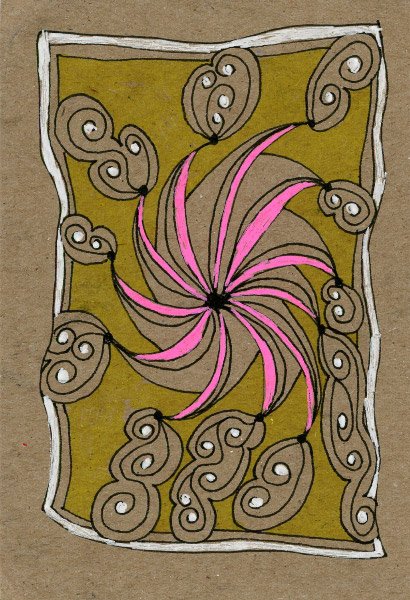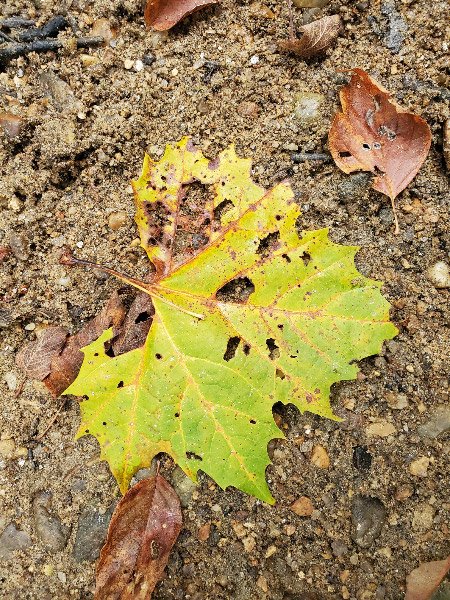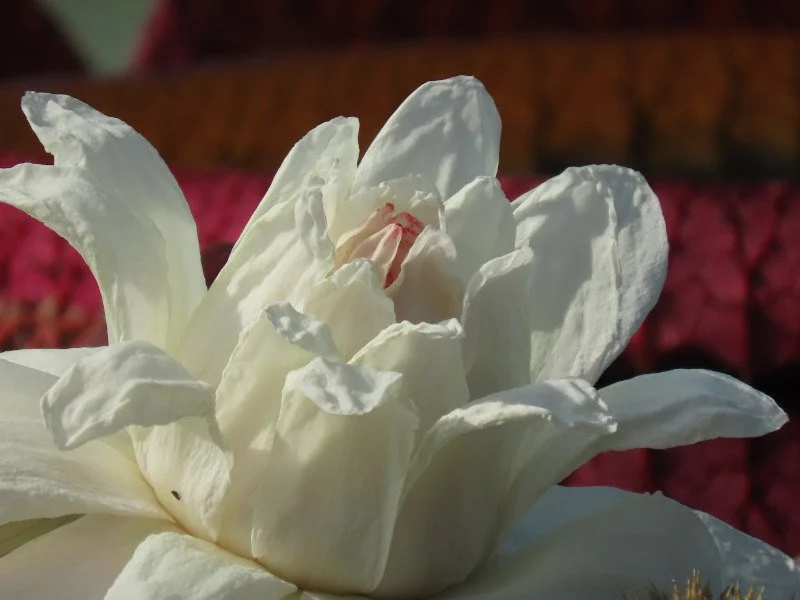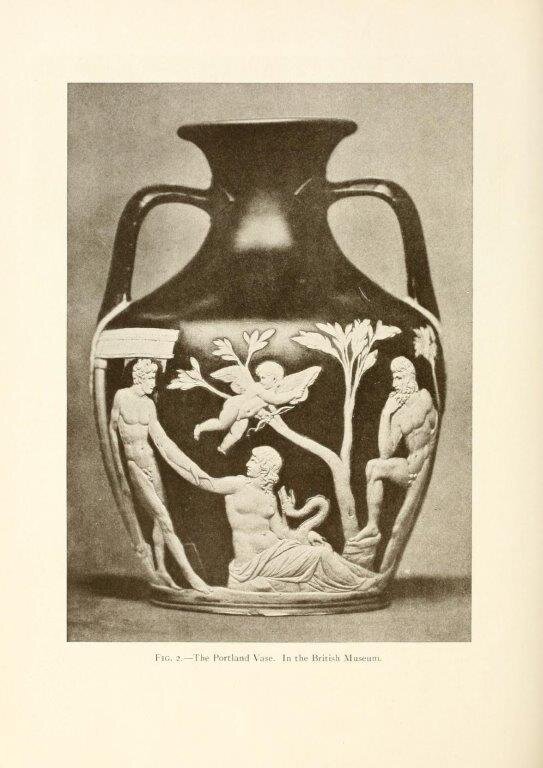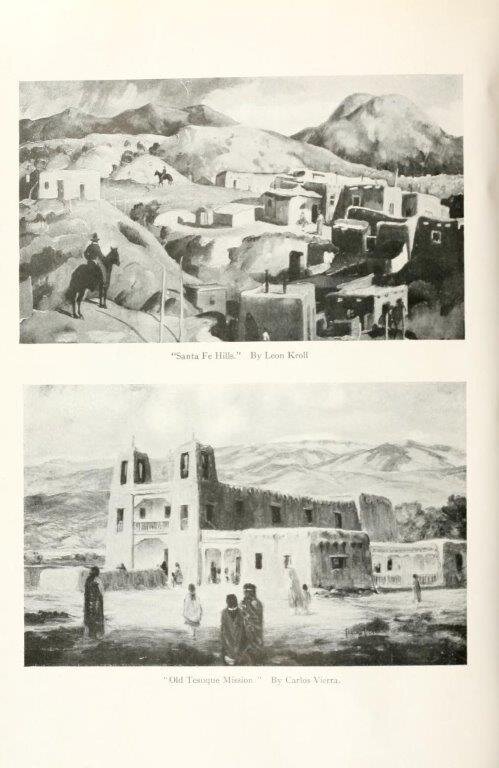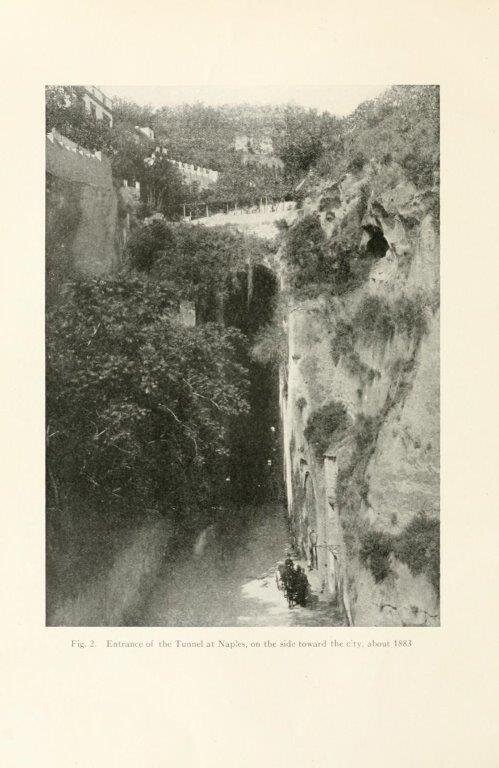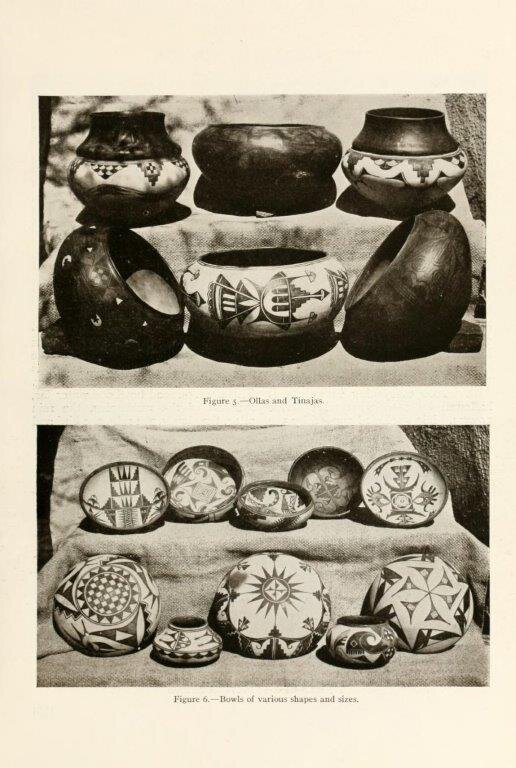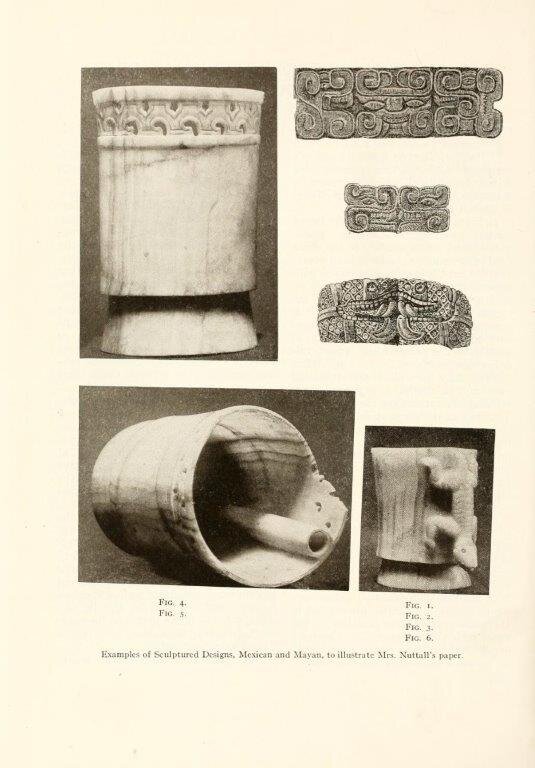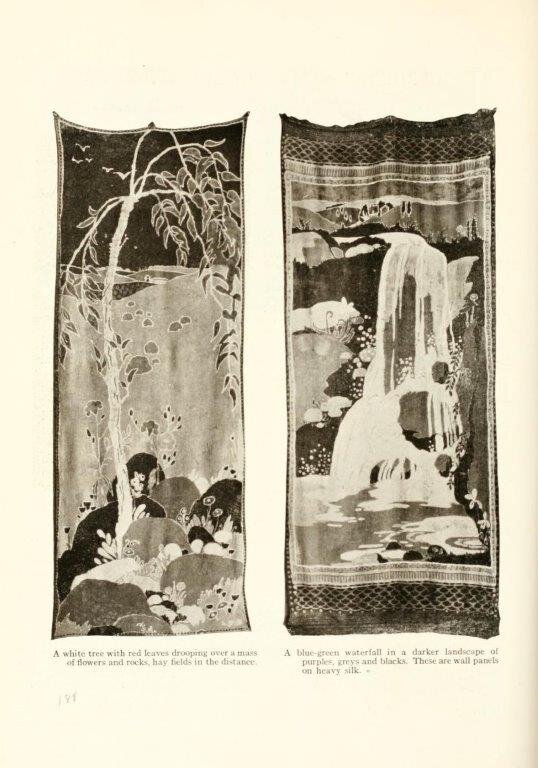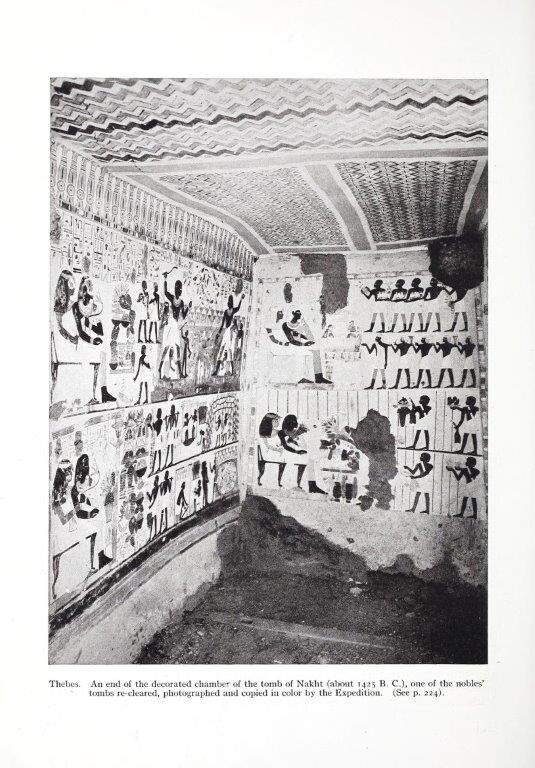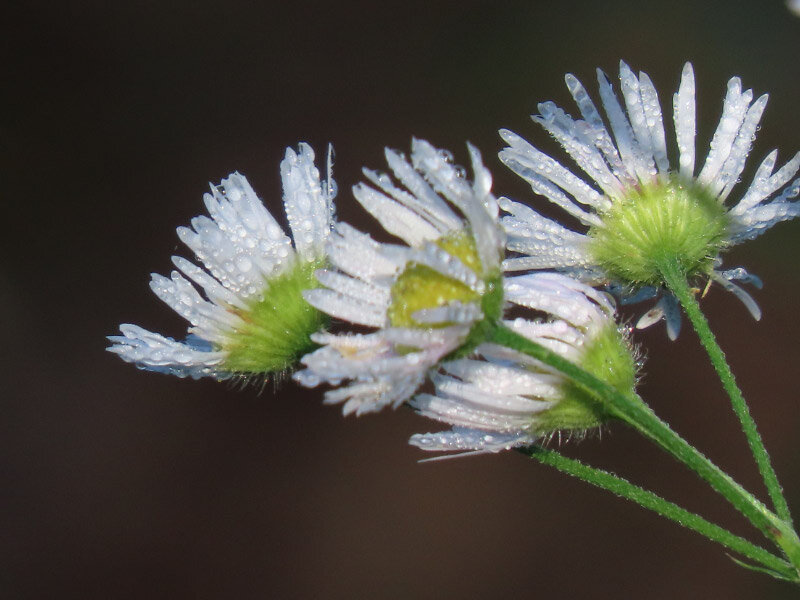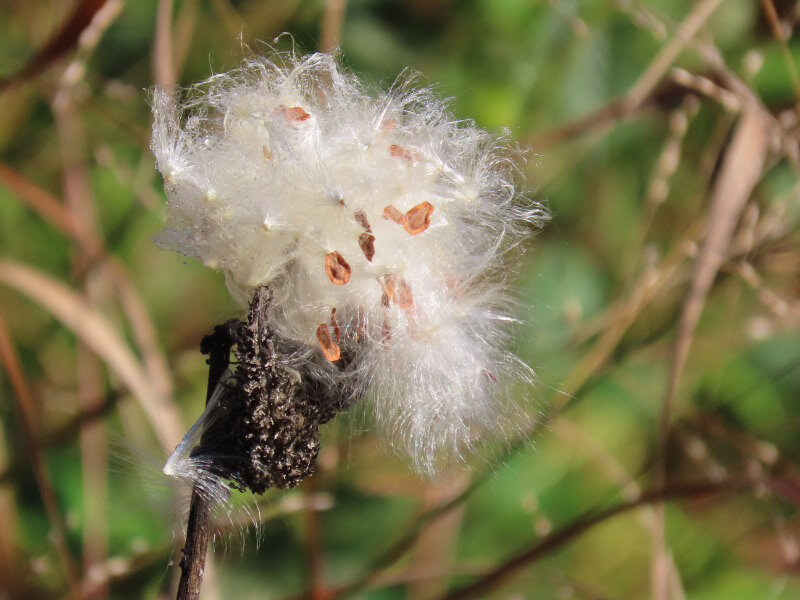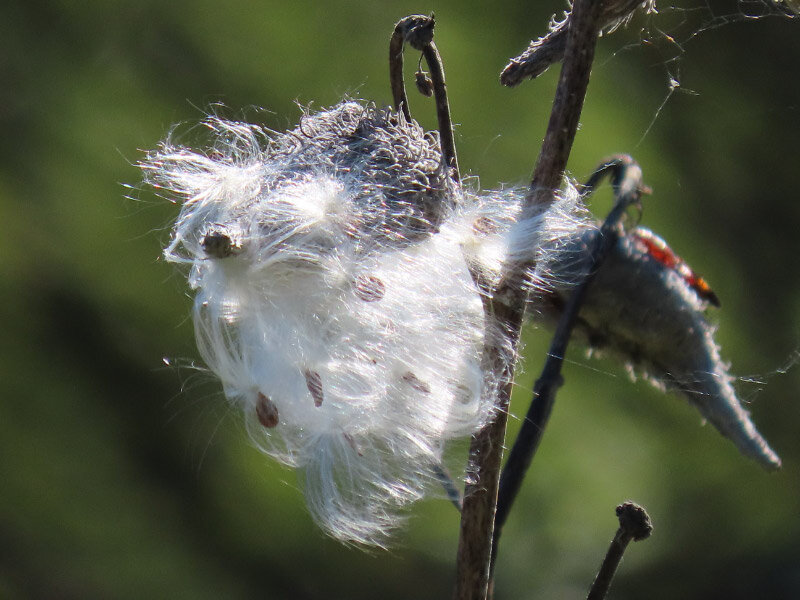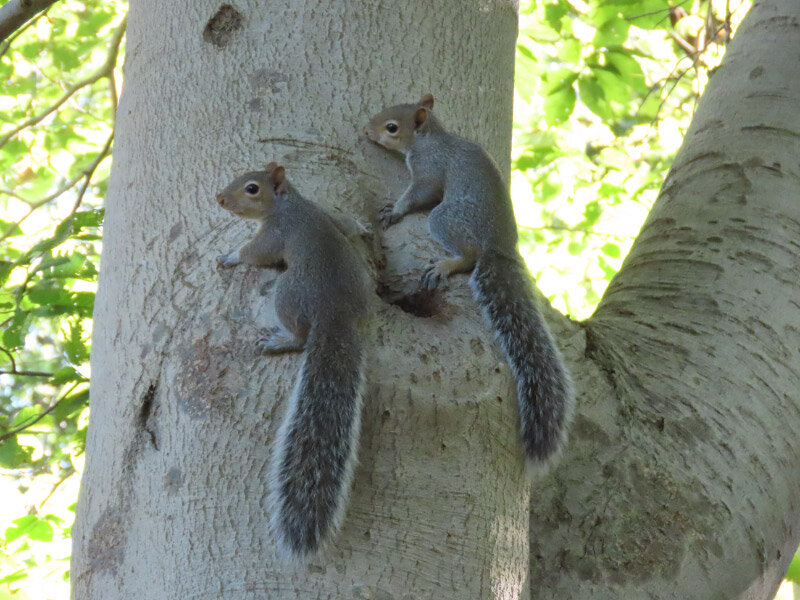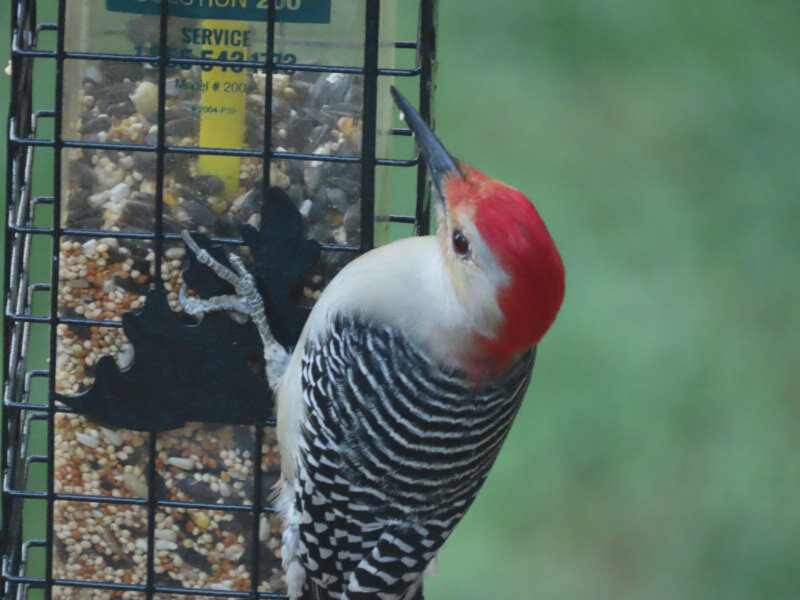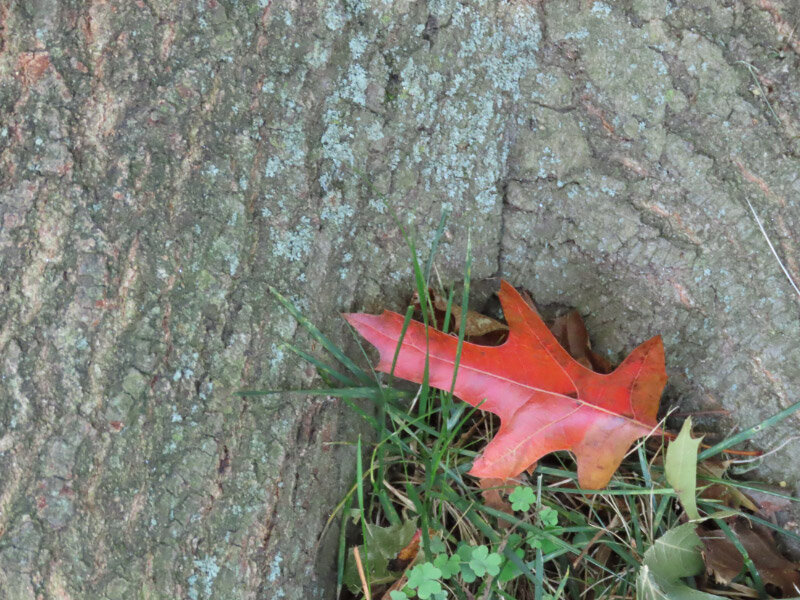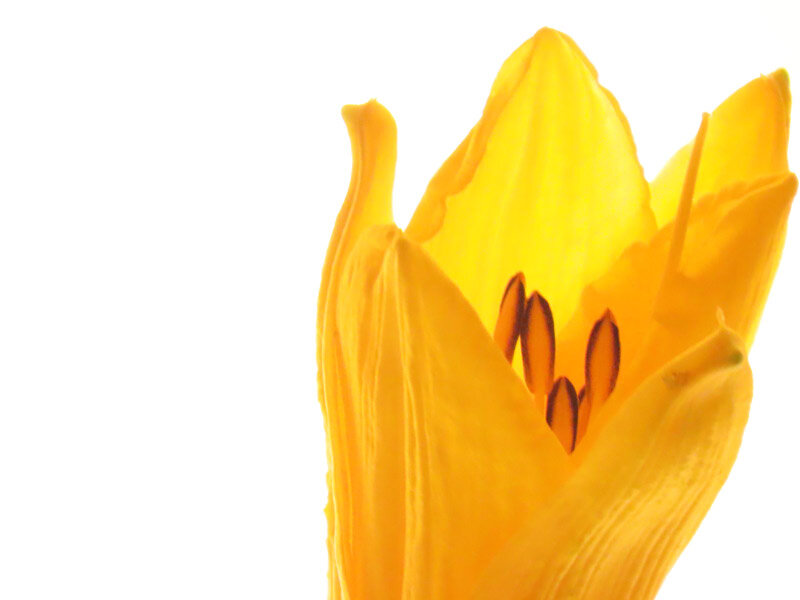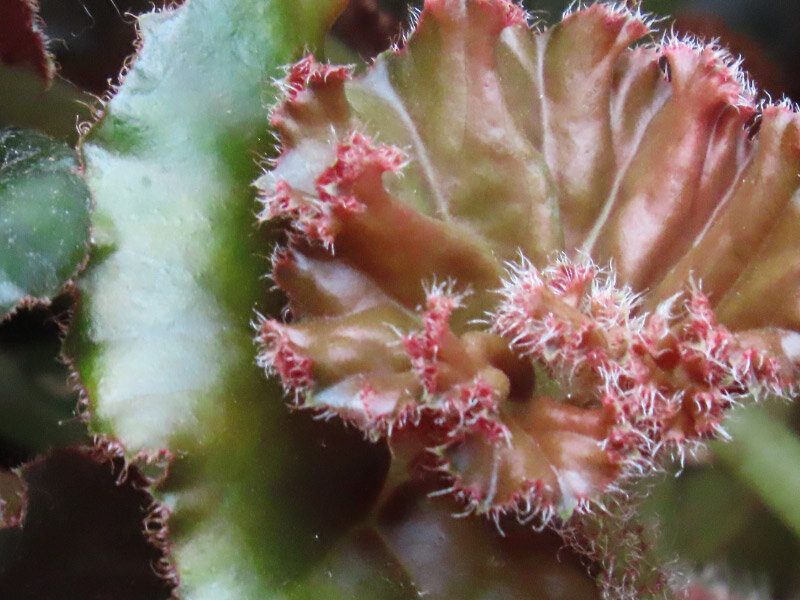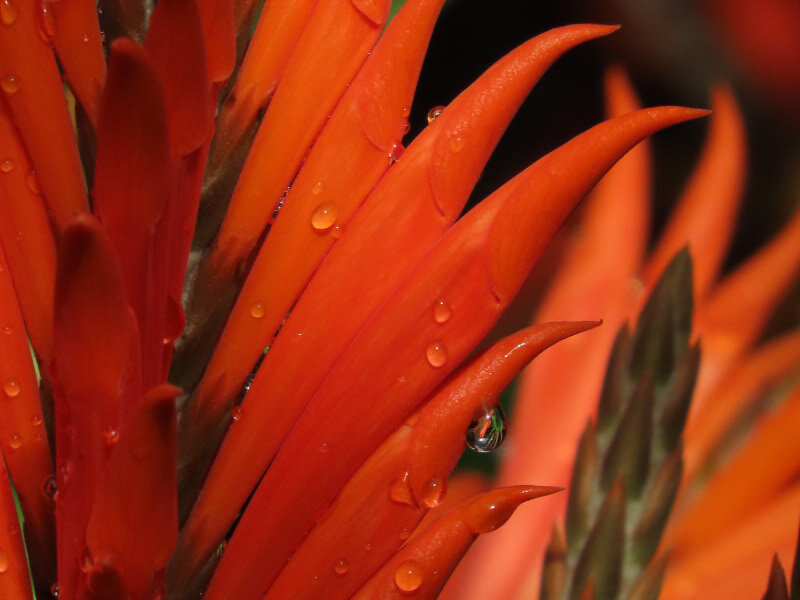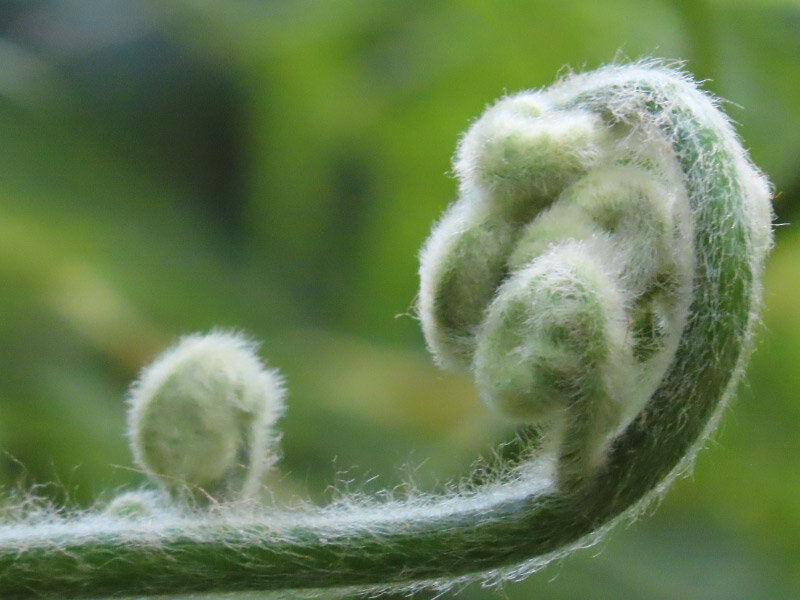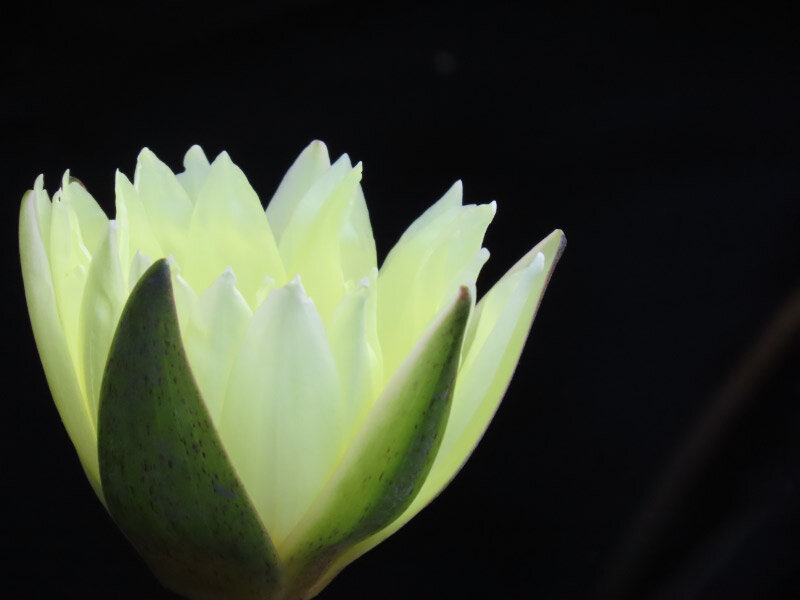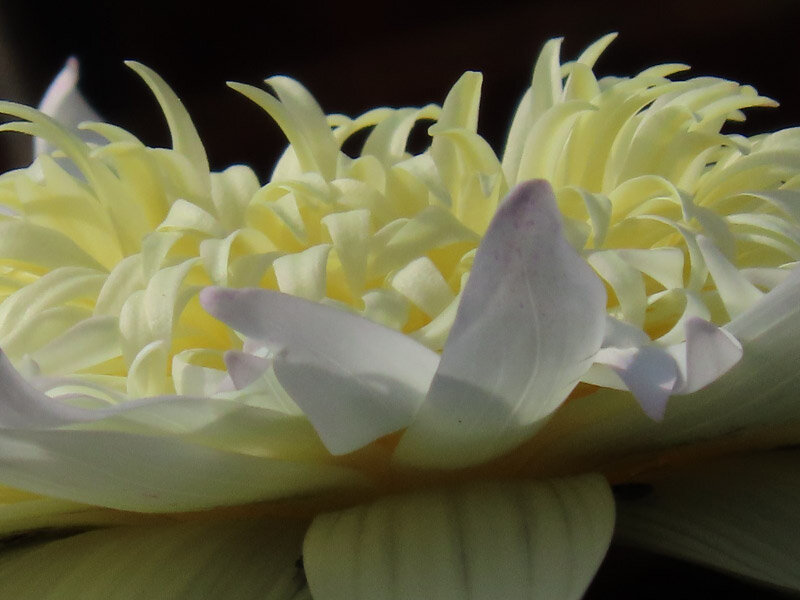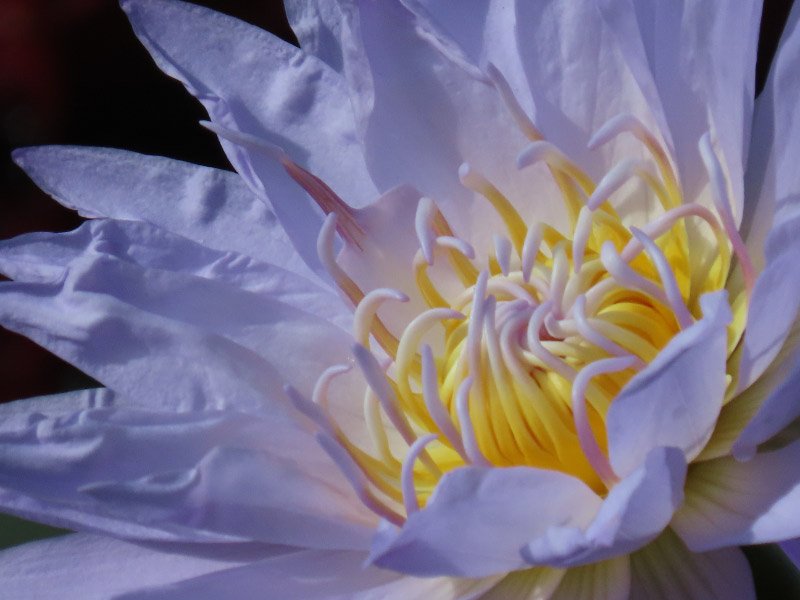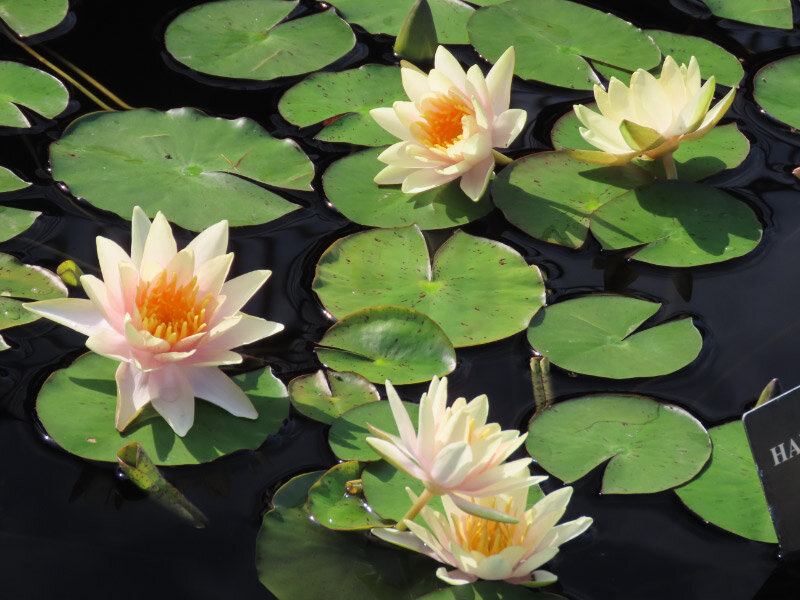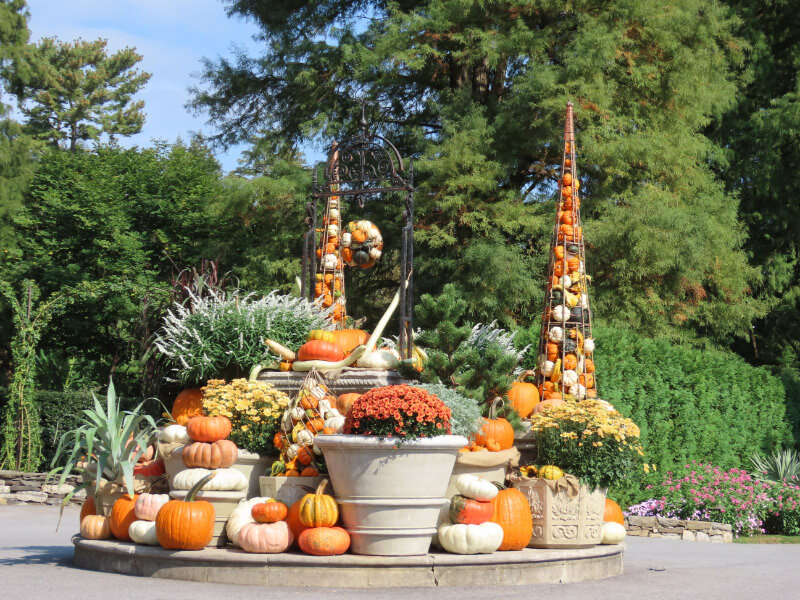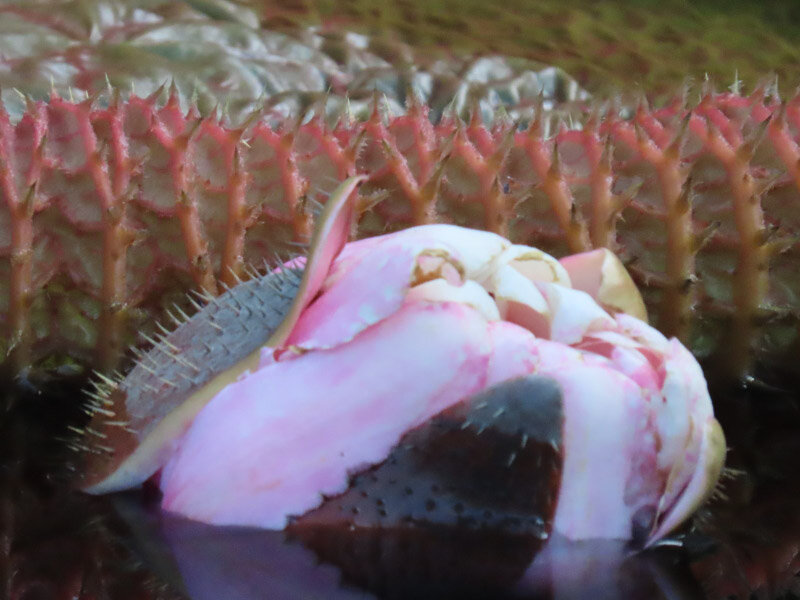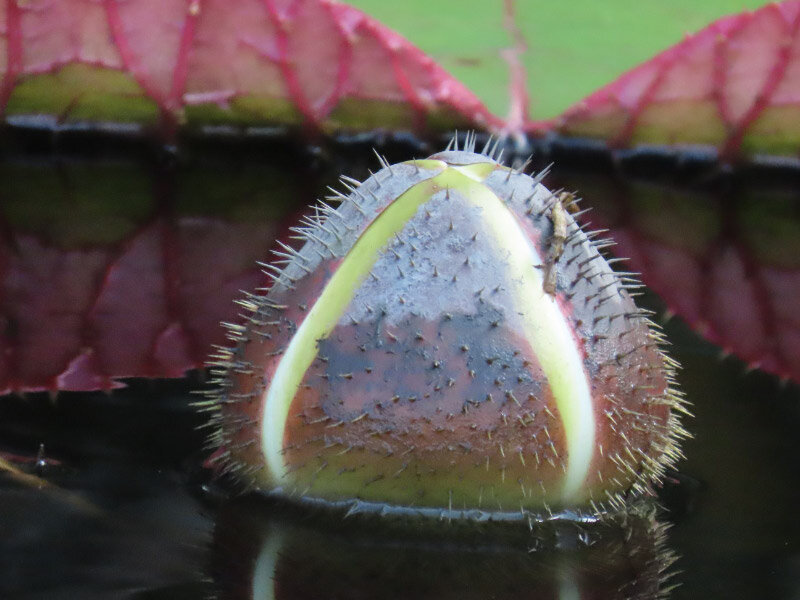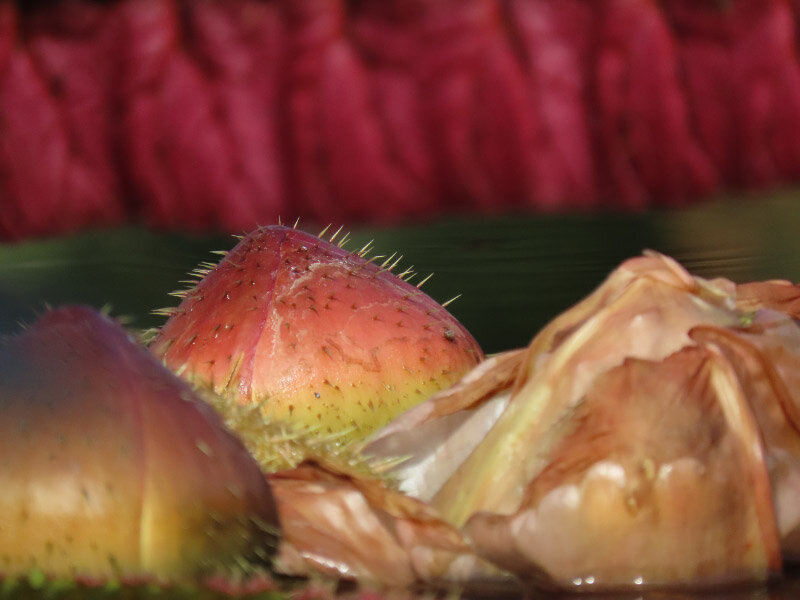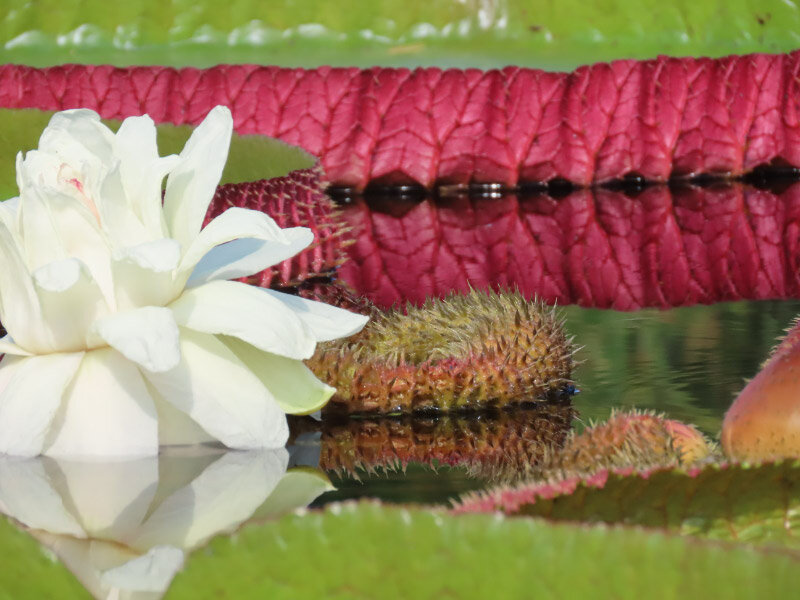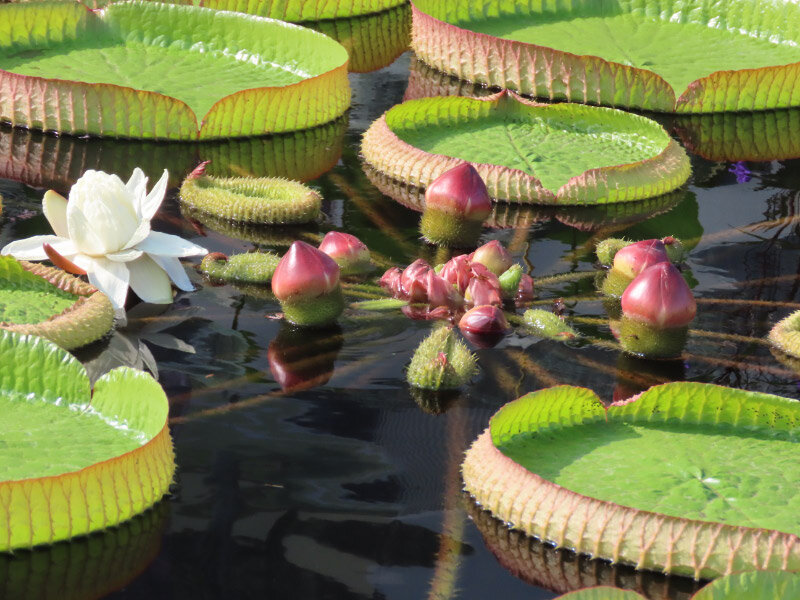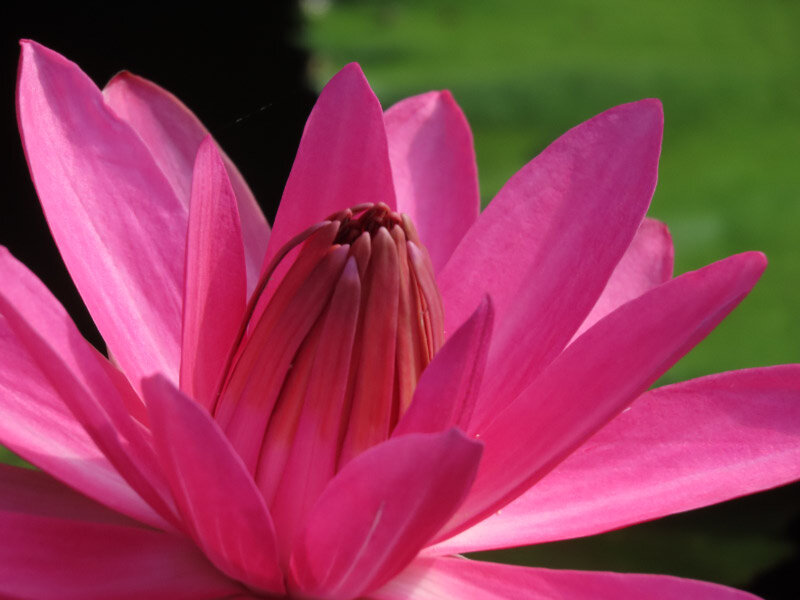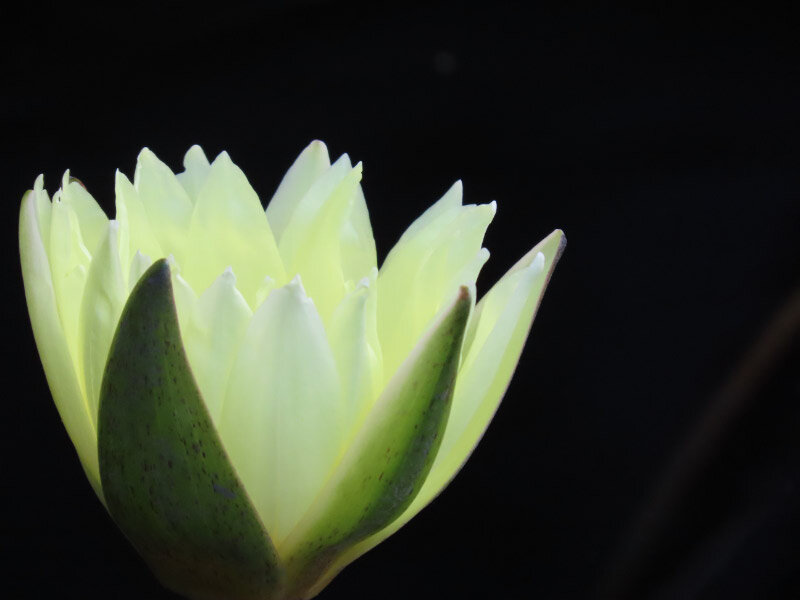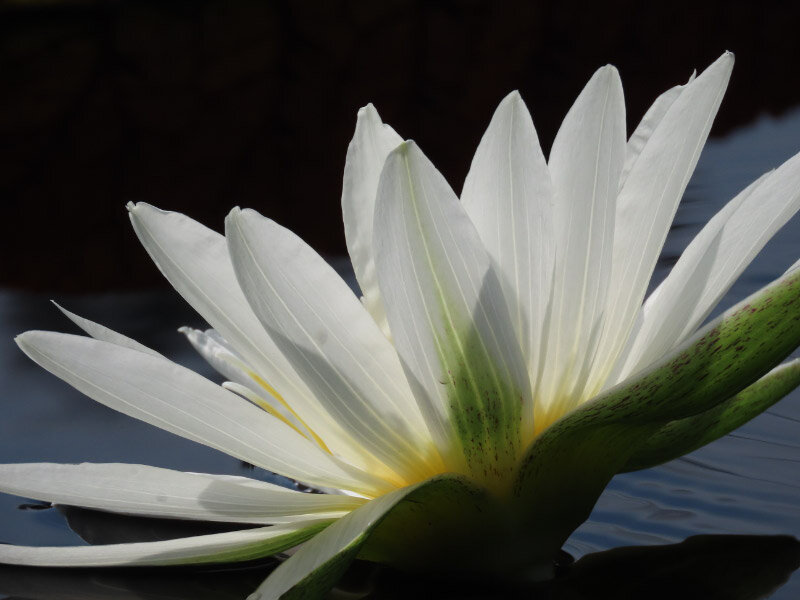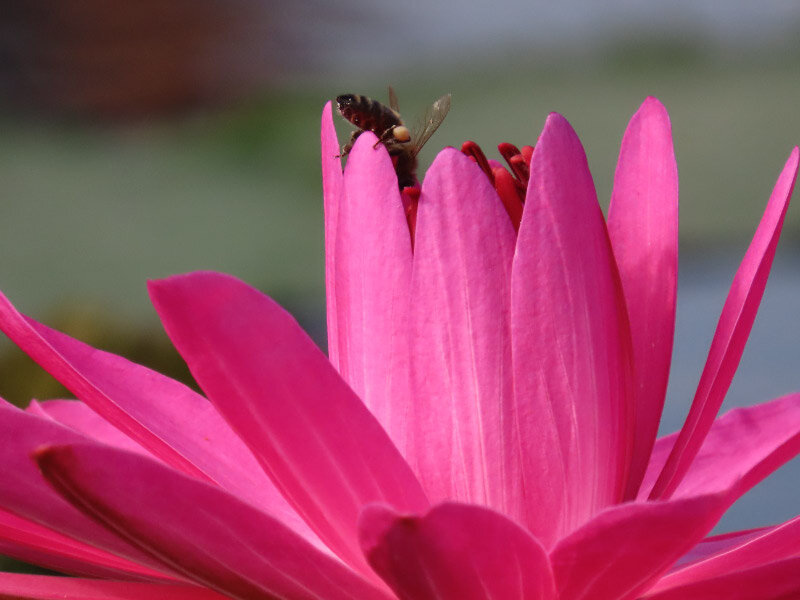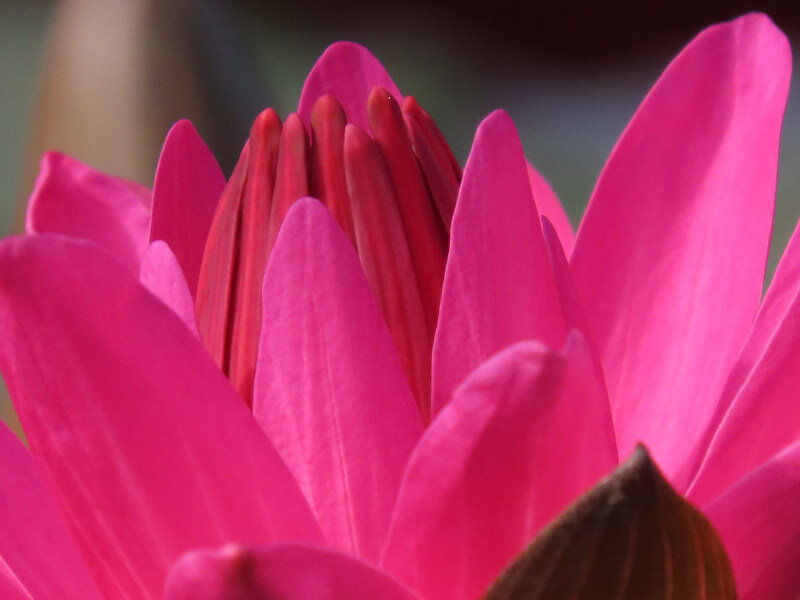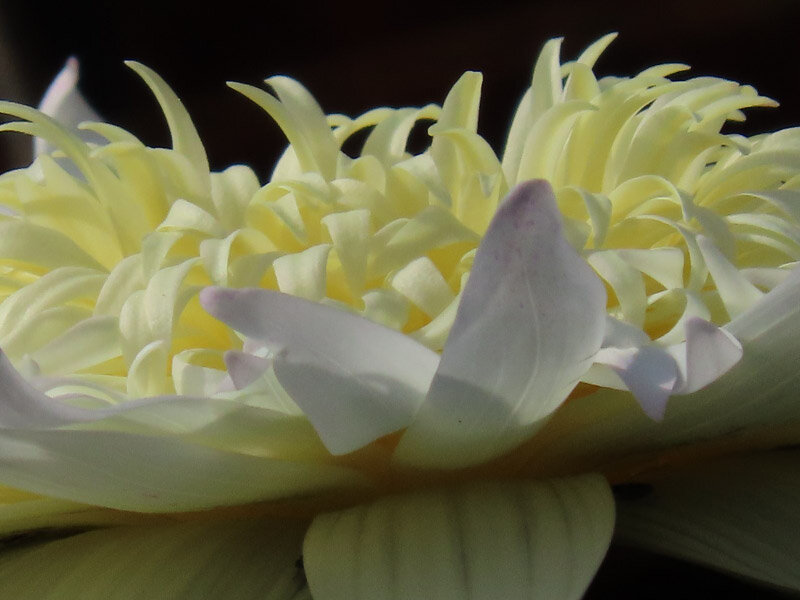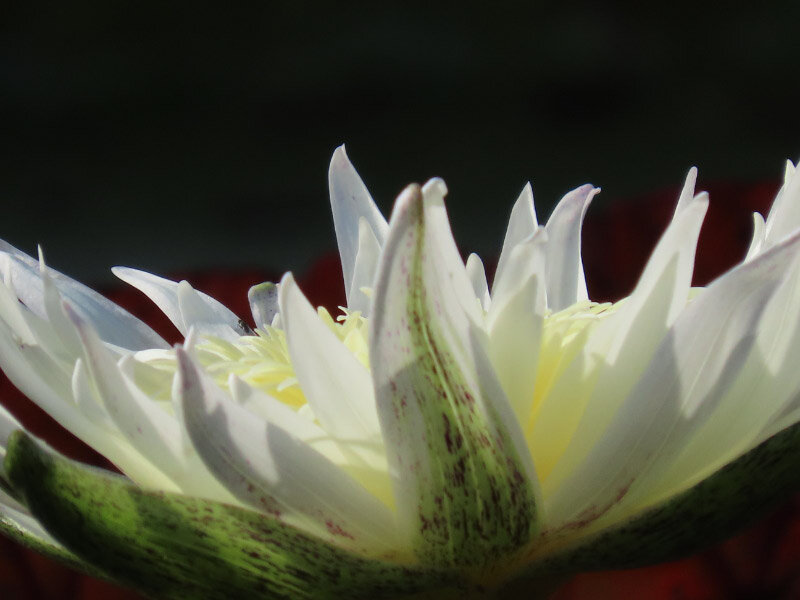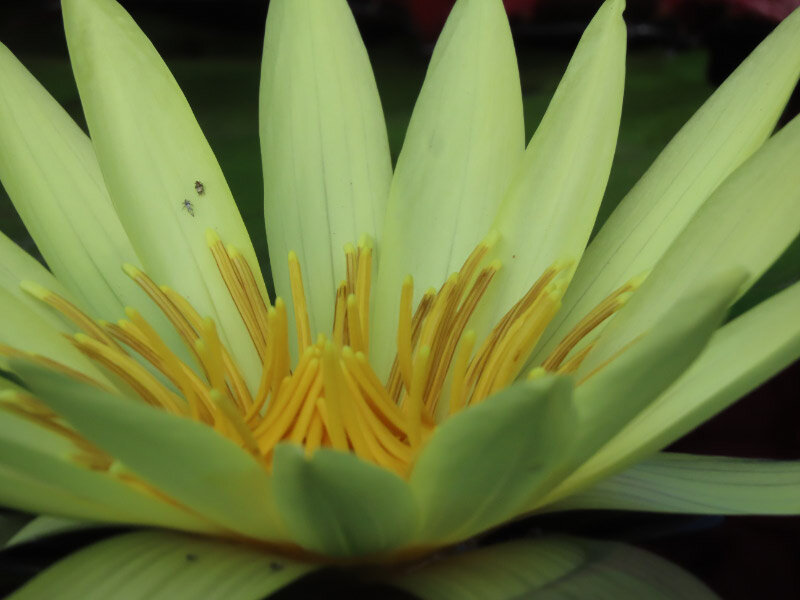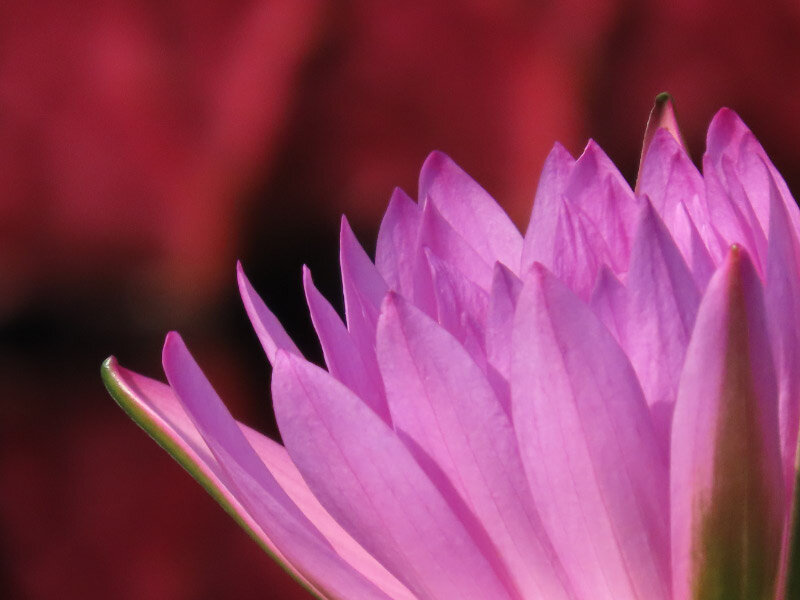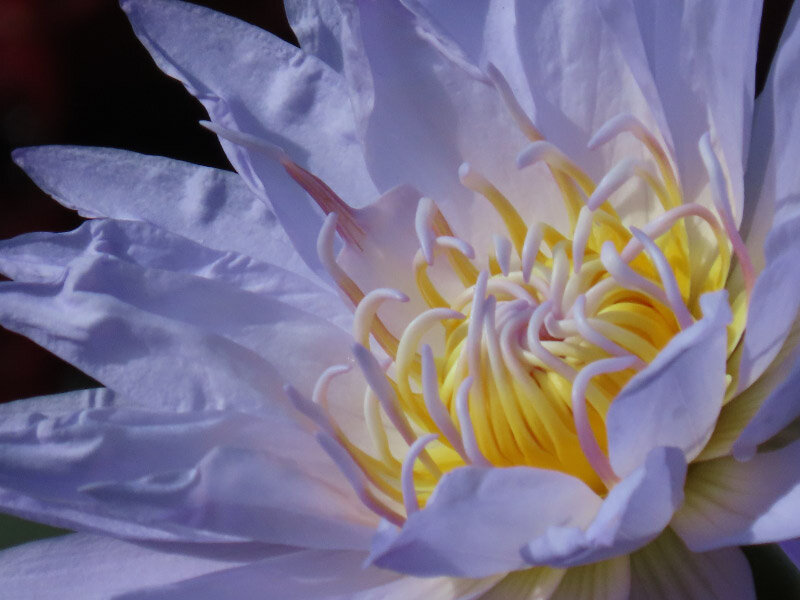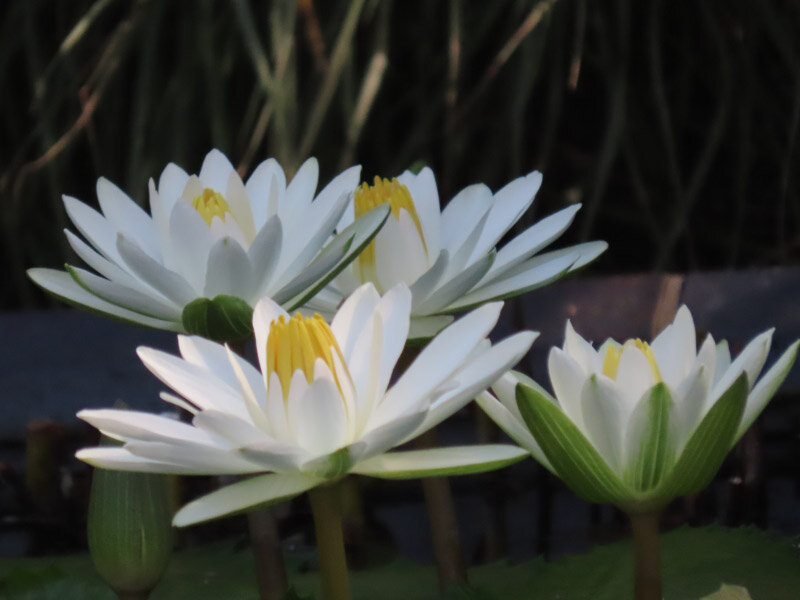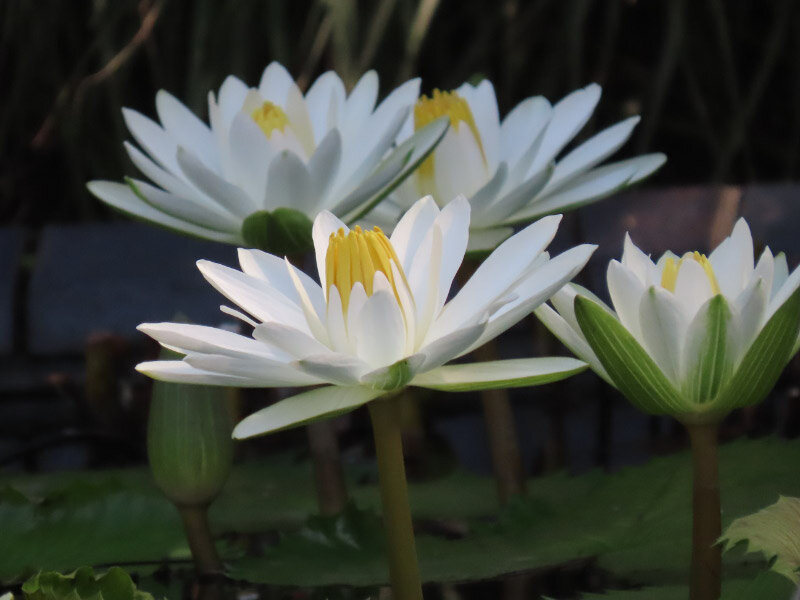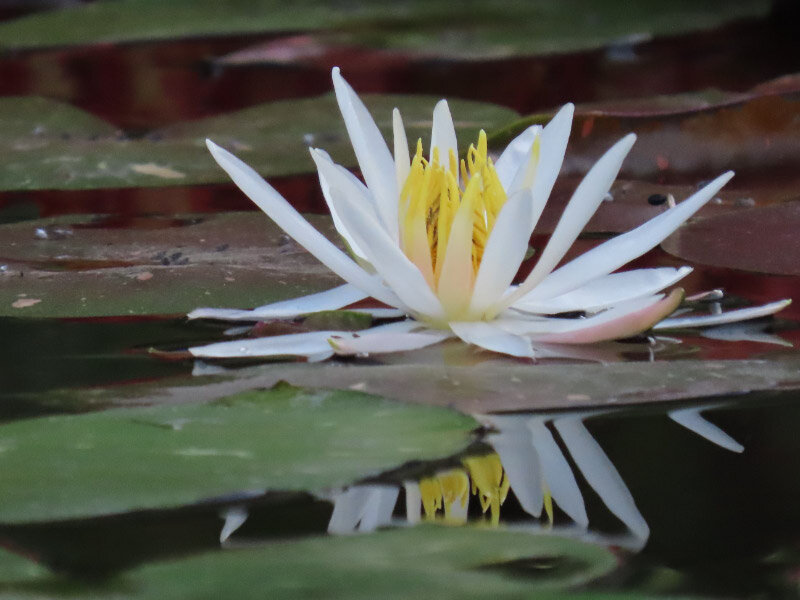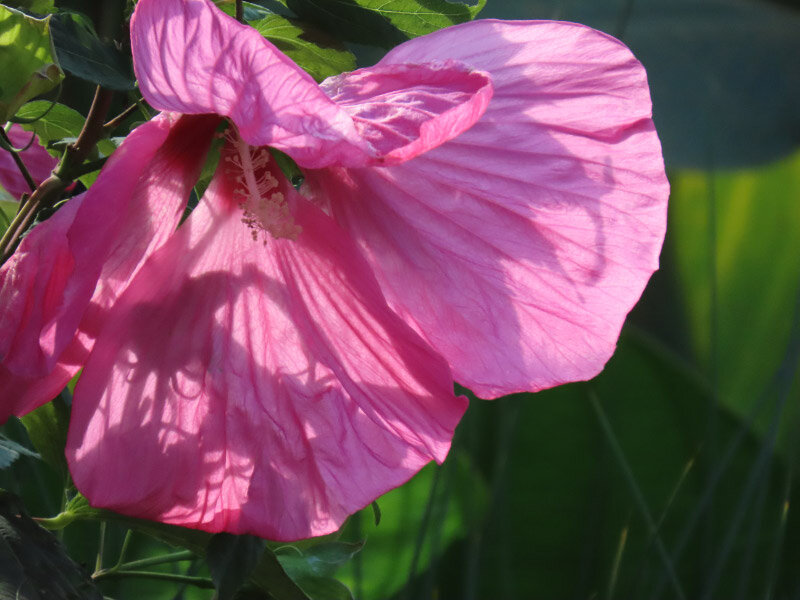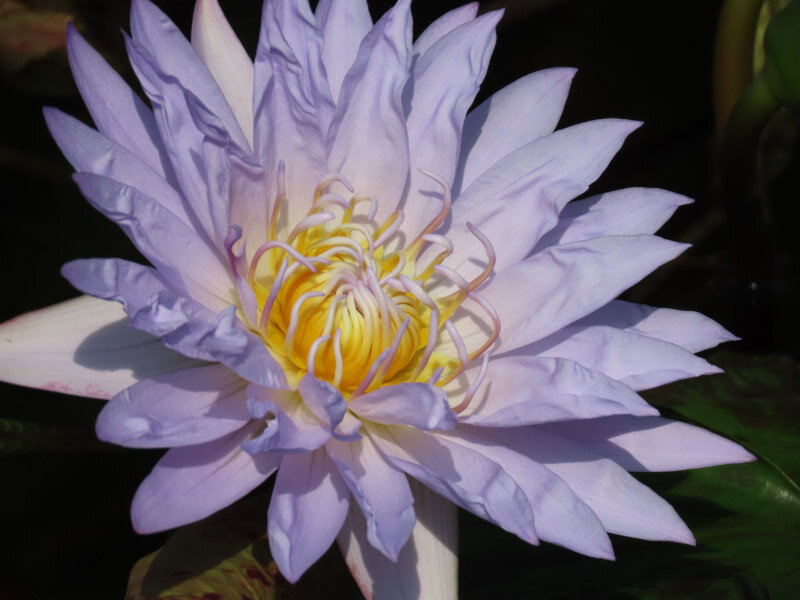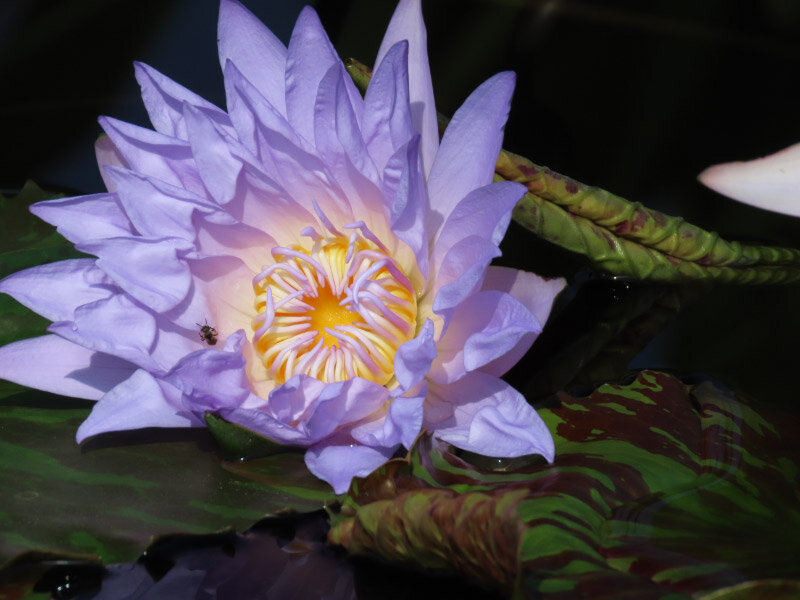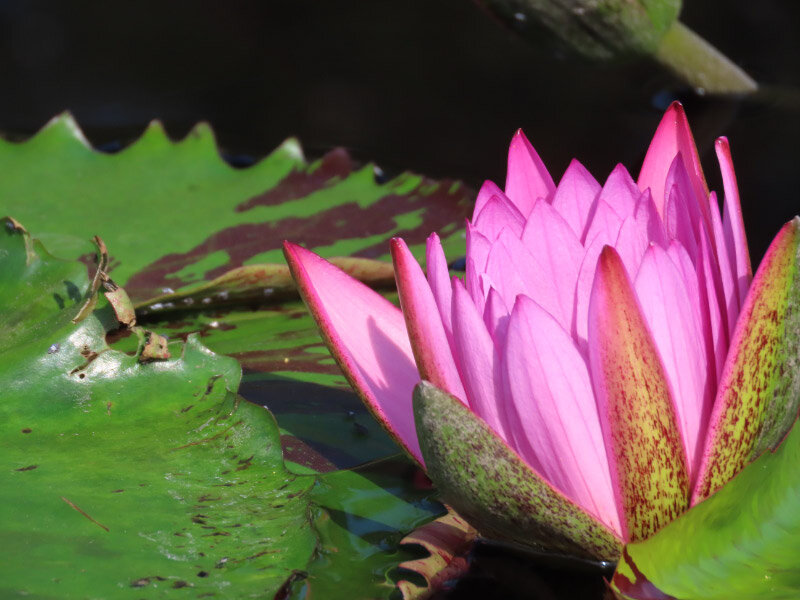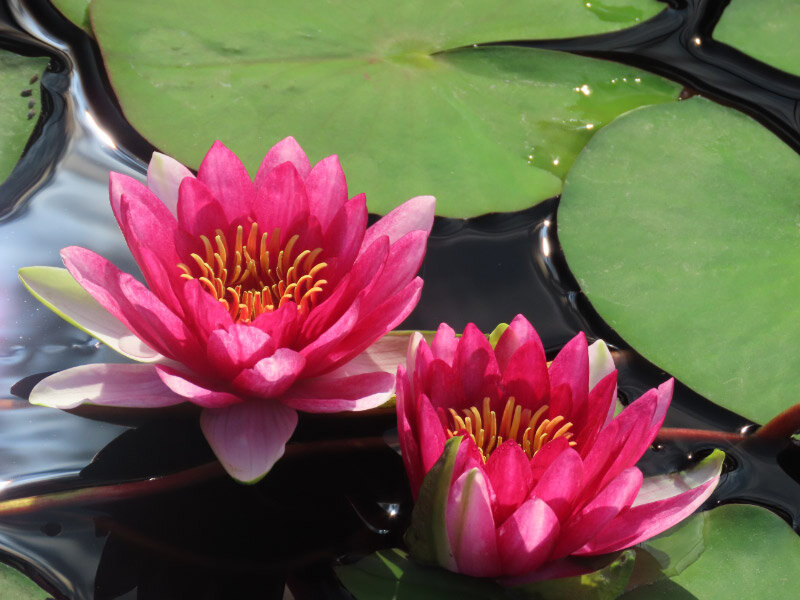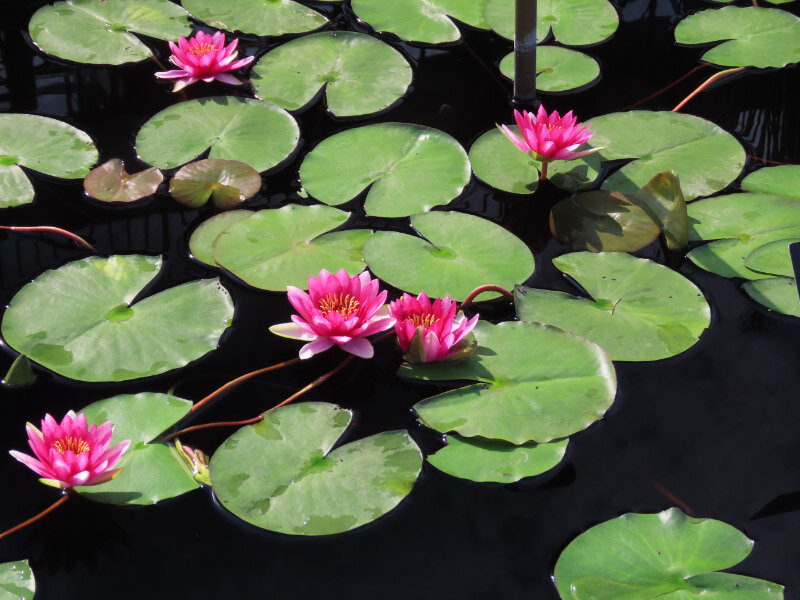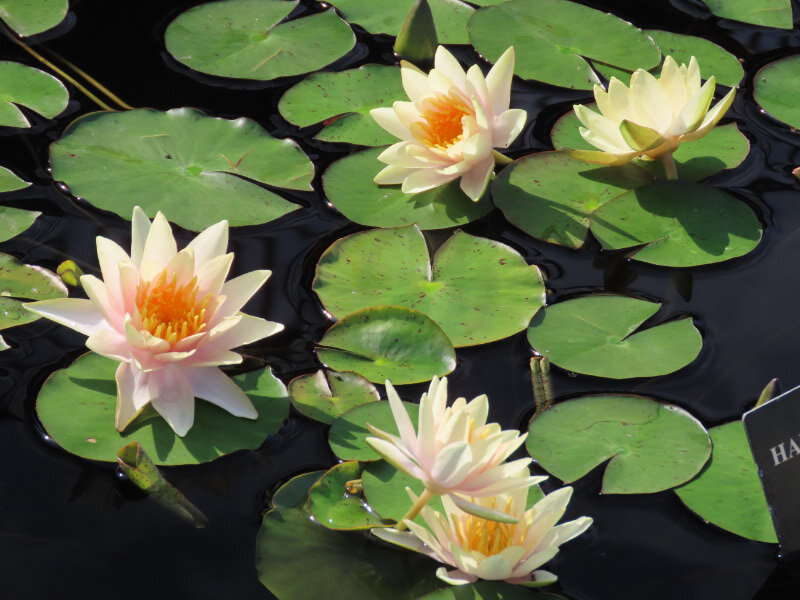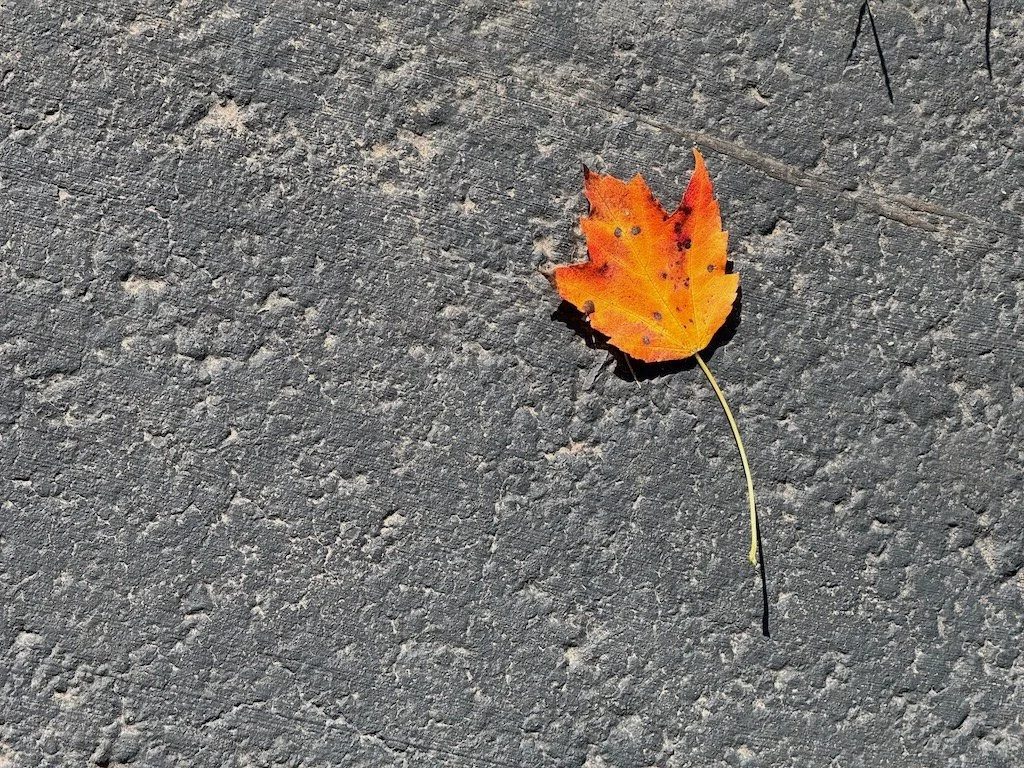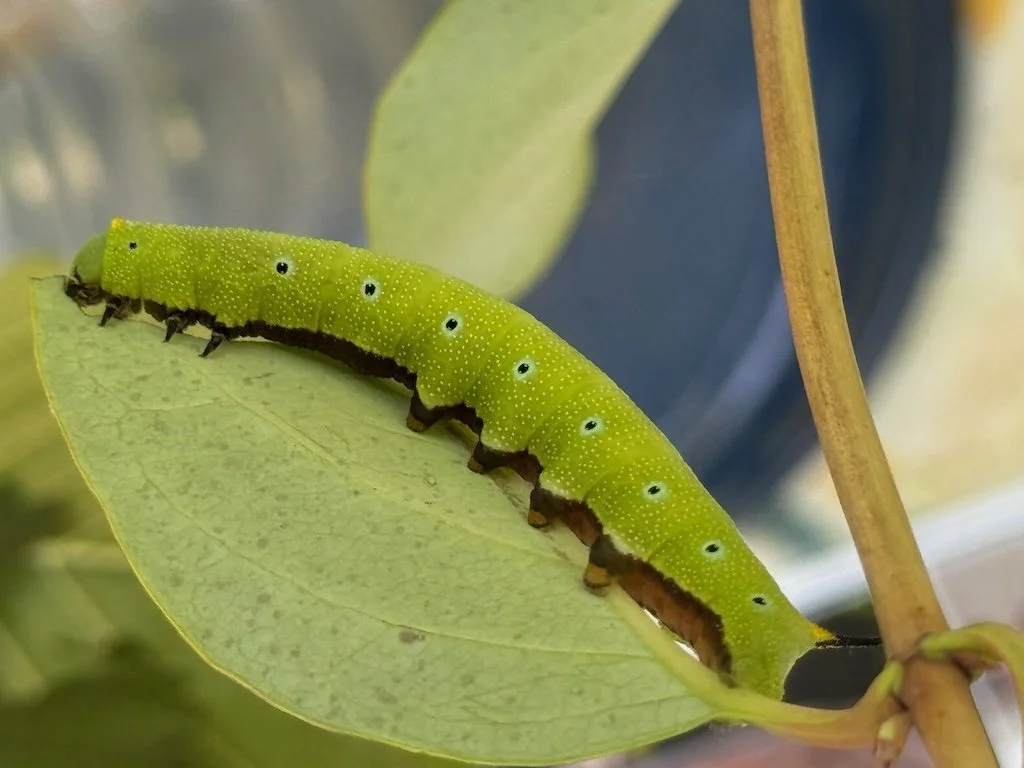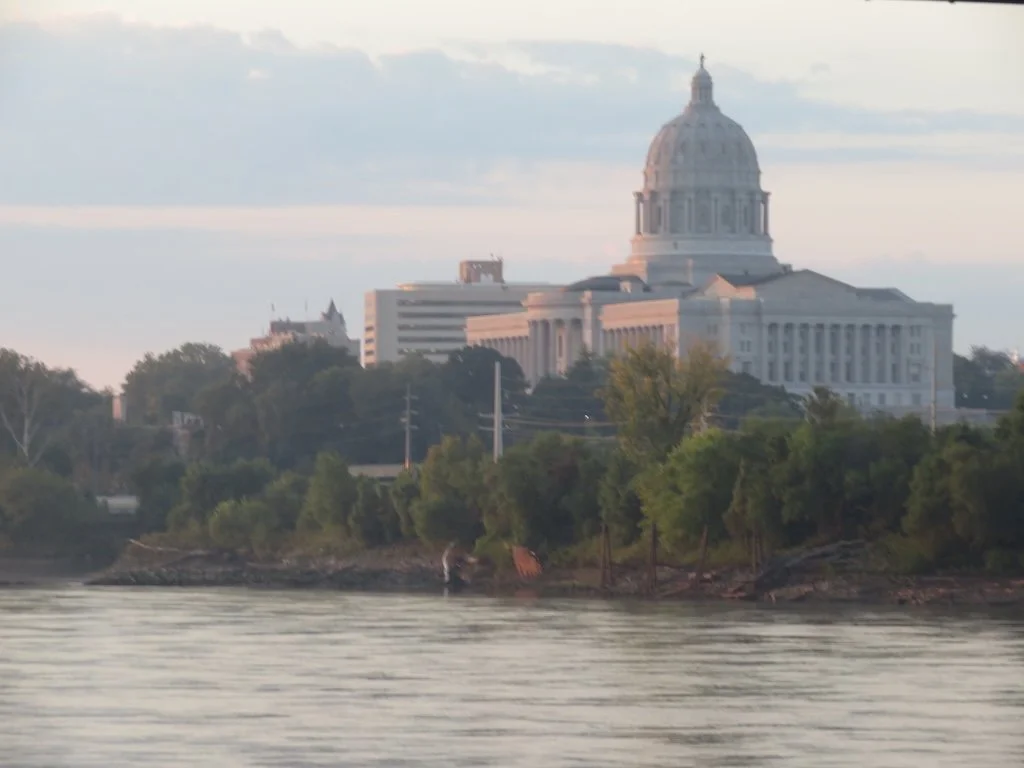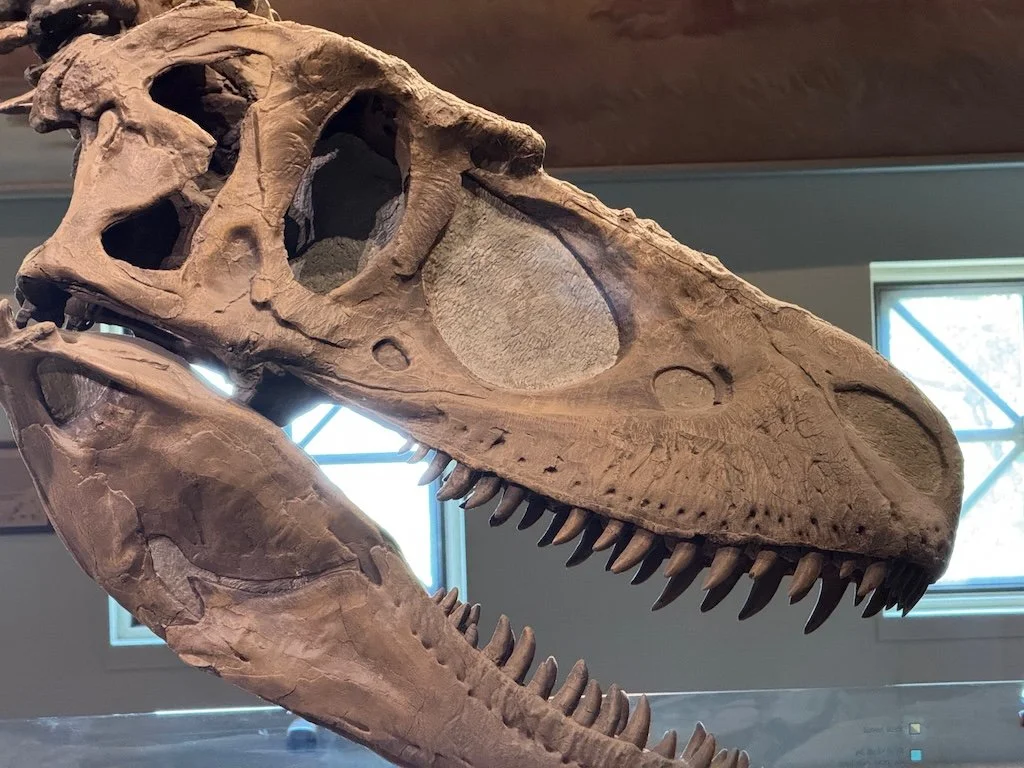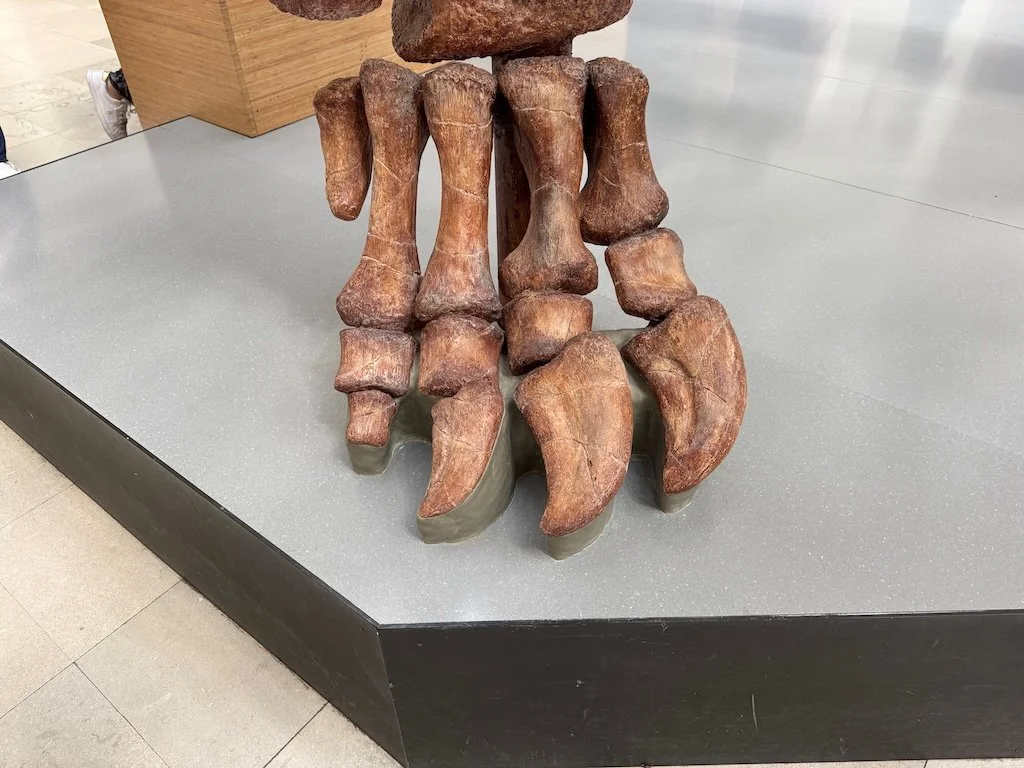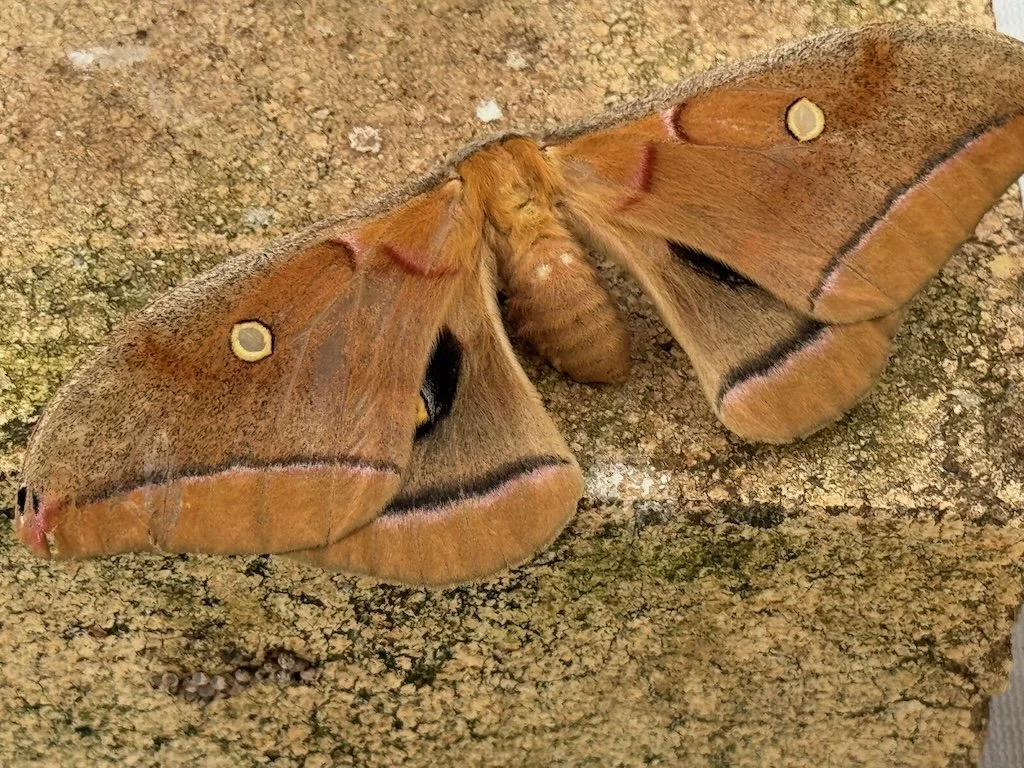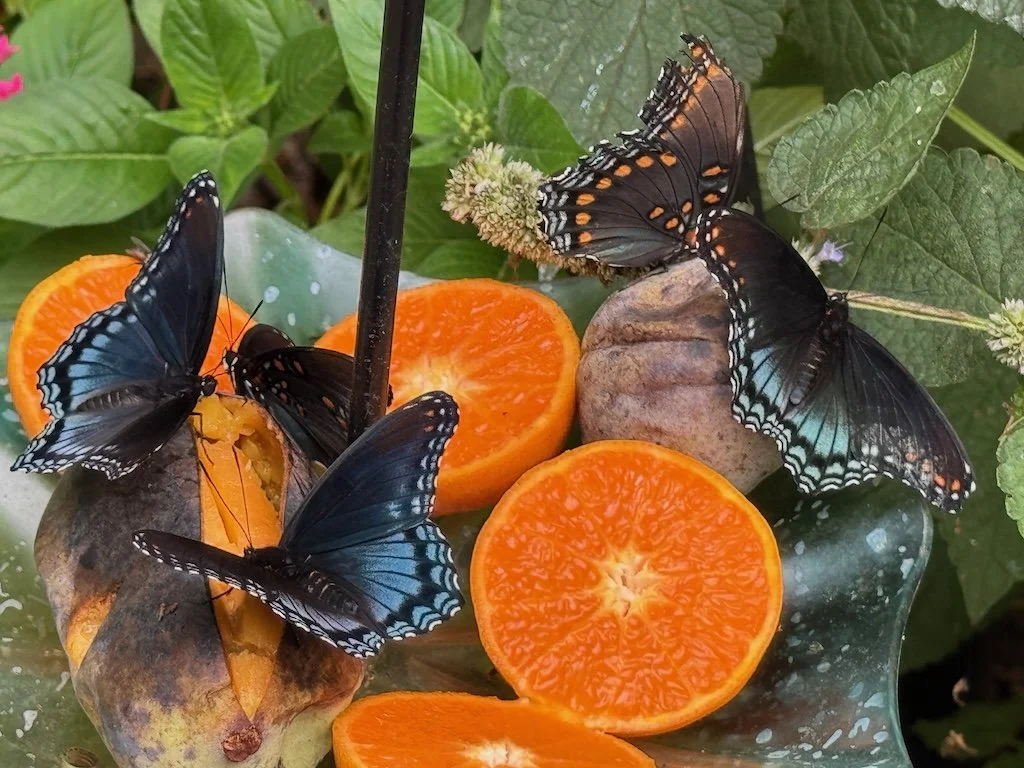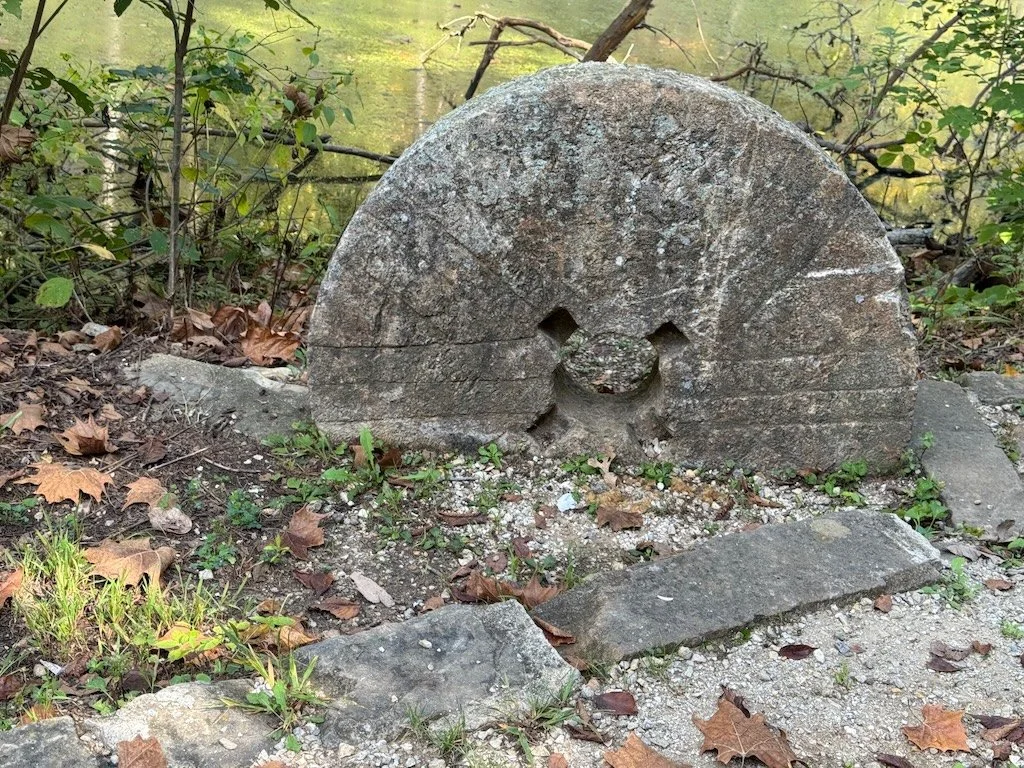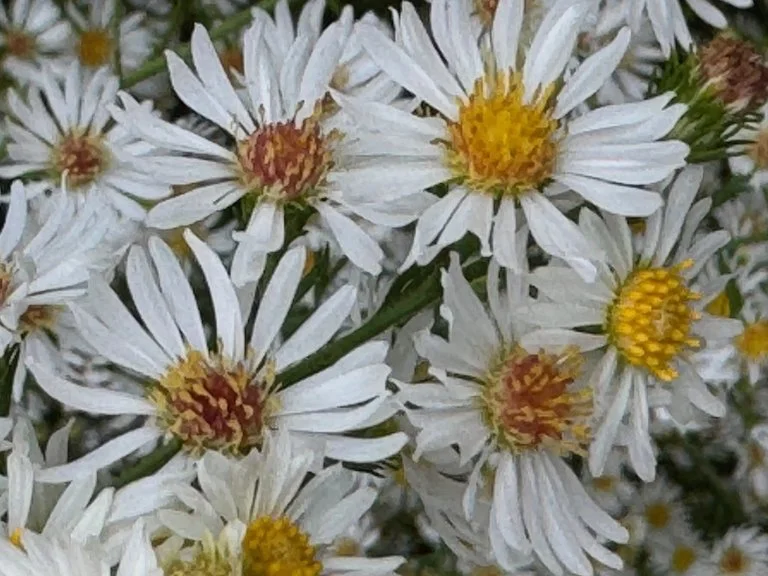Both of my parents are 90 years old this year. I’ve been thinking about the events of their lives and what has happened in the world during their lifetimes.
Their lives began during the Great Depression. They were both born at home; both families were living in rural Oklahoma and grew most of their own food. They were too young to fully realize the stress around the country…secure with their family and small rural community.
Their school memories are from the 1940s --- the World War II era. Their fathers were too old to go to war so the impact of the war on their families was indirect…primarily the rationing programs. Both went to schools where there was only a small cohort at each grade level. Later in their lives they attended high school reunions occassionally – keeping in touch with that small group that had mostly scattered across the country.
They were in college in the early 1950s – the boom years with the GI Bill funding returning veterans and college being encouraged for those just graduating from high school. My parents were ‘first generation’ to college for their families. They married, left the farm, and had 3 of their 4 children during the decade. My dad’s career stayed related to agriculture initially – at first requiring a lot of traveling and then into management of grain storage.
By the 1960s, they were in Texas living in a small city…children in public schools, living in an air-conditioned house (an important thing in the Texas summer). The big health improvement was the availability of the polio vaccine (we all got the vaccine via sugar cubes at school) and the waning of smallpox around the world even though we were still required to get updated vaccines when we traveled to Mexico. In the mid-60s my mother returned to college for a degree in education…a career she started in the 1970s. My dad’s parents moved from Oklahoma to the same small city in Texas.
In the early 1970s, they moved to a suburb of a big city. They bought a house that accommodated the whole family, including my dad’s parents. My dad had transitioned completely from an agriculture related career to financial management and planning. My mother was teaching. All 4 of their daughters graduated from high school and went to Texas colleges (the last one just starting at the end of the decade). One daughter got married. My parents’ fathers died during the decade. Somehow everyone managed to stay ahead of inflation and pay mortgages that were high interest compared to today.
The 1980s were a very busy decade with careers of the whole family in high gear. My father was coming adept at digital spreadsheets…my mother was focused on reading for students in upper elementary and middle school. The youngest daughter graduated from college. One daughter (me) moved halfway across the country to the east coast and two others got married. My maternal grandmother died. Toward the end of the decade, the first two grandchildren were born.
In the 1990’s, my parents retired from their careers; they travelled and took care of grandchildren and helped with home maintenance (a total of 5 houses in the family!). Three more grandchildren were born, and the older ones started school.
Similar activities continued in the 2000s changing as the grandchildren got older…the oldest ones starting college.
In the 2010s, travel and engagement with family continued in a similar way for the first part of the decade; by the middle of the decade someone else was doing the driving on road trips and they stopped driving completely by the end of the decade. My paternal grandmother died; she had been living in the same house with my parents since the 1970s. Health challenges began to emerge for both parents…intermittent at first and then slowing them down in the last years of the decade. They both benefited from cataract surgery. Other surgeries and injuries required more recovery time…and sometimes recovery was not complete.
The last road trip was for Thanksgiving in 2019…to be with a grandchild. Not long afterward the COVID-19 pandemic locked down travel and they discovered the comfort of ‘stay at home as much as possible.’ Recently they have transitioned to primary care practice that comes to their home for checkups, blood work and most other health needs. Their children and grandchildren come to them now. If they leave their home, it is a very special event. Four of their five grandchildren have college degrees – one has an MD…another a PhD. There aren’t any great-grandchildren – yet.
So many changes have occurred since they were born. Electricity and indoor plumbing were just beginning to be available on farms when they were born. They bought their first air-conditioned home in the early 1960s. Computers came along in the 1980s.
And now – my sisters and I are thankful they are still with us – still enjoying living independently in their home with support from the family, neighbors, doctors, and house cleaners – getting close to celebrating 70 years of married life.



